Top 5 Exercises to Improve Your Riding Skills
May 24, 2025 | Super Equestrian
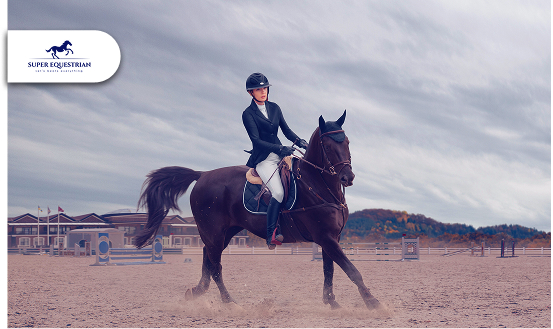
Good riding isn’t just about what the world sees, it’s about what you feel. The subtle balance, the quiet conversation, the trust you build one stride at a time. If you’ve ever finished a ride knowing something clicked, not because it was perfect, but because you were present.
Improving your riding doesn’t always require a new horse, a new saddle, or a new arena. Sometimes, it’s found in the quiet discipline of small, focused exercises done consistently, with intention and care.
These 5 time-tested exercises do more than strengthen your position. They deepen your awareness, refine your feel, and build a partnership that’s not just responsive quick fix. Just thoughtful, honest work—one ride at a time.
1) The Power of the Two-Point: Finding Strength in the Space Between
If there’s one position that quietly builds strength, balance, and trust in the saddle, it’s the two-point. Also called the jumping or half-seat, this posture lifts your seat slightly out of the saddle while keeping your weight anchored through your heels and thighs. It’s a space where control meets freedom. Where you’re close enough to stay connected with your horse, still light enough to give them room to move.
Practicing two-point helps every rider, across disciplines, develop what we call an “independent seat.” That means you’re not relying on the reins or gripping with your knees to stay centered. Your lower legs start to work like roots, steadying you, while your upper body finds its quiet balance. What’s remarkable is how quickly this small shift pays off.
Riders regularly practicing two-point report 30% greater balance and endurance in trot/canter phases (British Horse Society).
Source: BHS Riding Fitness Report
That kind of growth doesn’t happen overnight, however, it builds, ride by ride, breath by breath.
Start by holding the position at a walk. Just feel it. Notice how your legs speak to the horse when your seat isn’t doing all the talking. Over time, add in trot work, and eventually, canter.
Don’t worry if you wobble at first. That’s your body learning something new, always worth celebrating.
2) No Stirrups, No Problem: Building a Seat You Can Trust
Let’s be honest, riding without stirrups doesn’t always feel graceful. It can be awkward, humbling, and, yes, occasionally a little sore the next day. However, the truth is that most seasoned riders quietly carry: no-stirrup work changes everything.
When you drop those irons, you’re no longer relying on equipment to keep you grounded. Instead, your body starts to do the listening—your seat drops deeper, your thighs become more engaged, and your core begins to stabilize you in ways that stirrups never could. It’s not about looking pretty; it’s about feeling connected to your horse, to the rhythm beneath you, and to your own balance.
Riders who do at least some minutes of no-stirrup work per session improved seat effectiveness over time. Here’s how you can start:
- Start small: A few laps at the walk or trot without stirrups can build strength and awareness. If it feels uncomfortable, that’s okay.
- Recognise Sign: Discomfort isn’t a sign of failure. It’s a sign you’re stretching into something new. The goal isn’t perfection; it’s presence.
- Understand body moves: Every ride without stirrups teaches your body to stay soft, centered, and responsive even when the footing gets tricky.
So next time you're tempted to skip it, don’t. Trust that the work you’re doing now is shaping a rider who won’t just sit the saddle… but own it.
3) Shaping Your Ride: Serpentines, Circles, and the Art of Intentional Movement
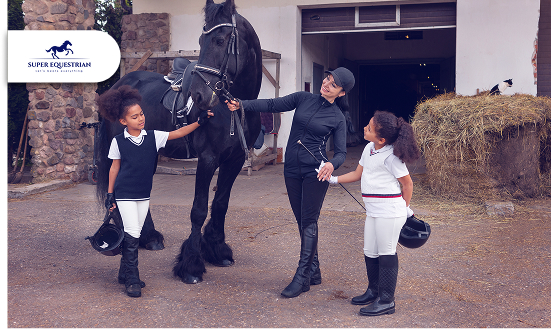
Every rider has experienced those moments when the horse drifts off the intended line, or one rein feels heavier than the other. These subtle imbalances can disrupt the harmony between horse and rider. Incorporating curved patterns like serpentines and circles into your training can be transformative.
Fédération Equestre Internationale (FEI) emphasizes the importance of movements such as serpentines and circles in dressage tests. These patterns are designed to assess and improve the horse's suppleness, balance, and the rider's ability to maintain consistent rhythm and contact.
Source: FEI Dressage Performance Analysis
These exercises enhance your horse's flexibility and responsiveness, encouraging them to bend and engage their hindquarters. For the rider, they promote better control, coordination, and mental focus. When you consciously guide your horse through these patterns, you develop a deeper awareness of your posture and aids.
- Start by incorporating simple circles and serpentines at the walk, focusing on maintaining an even bend and steady rhythm.
- As you and your horse become more comfortable, progress to trot and canter, paying close attention to the quality of the movement and your connection.
4) Hands-Free Harmony: Posting Without Reins for True Body Awareness
Letting go of the reins, literally, can be one of the most empowering exercises a rider can try. Done on a lunge line with a steady horse, posting without reins sharpens your body awareness and balance, forcing you to engage your core and ride from your seat, not your hands.
This kind of work boosts proprioception and independence. Without the reins to rely on, you learn to feel your horse's rhythm more clearly and respond with your body, not by pulling. It’s a quiet, honest conversation between you and your horse.
While exact stats are still emerging, rider biomechanics studies consistently show that symmetry and balance improve significantly with hands-free training.
Engaging in exercises that promote body awareness, like hands-free posting, can be instrumental in addressing these imbalances.
Source: Journal of Equine Veterinary Science
Start with the walk. Breathe. Let your arms fall naturally. Trust your body. And over time, trust builds between you and your horse, and within yourself. It’s like A Training Experience Your Horse Will Love and is beneficial for you as well.
5) Master the Moment: Why Transitions Are the Secret to Great Riding
Whether you're shifting from walk to trot or canter to halt, smooth and controlled transitions are fundamental across all disciplines. They enhance communication between you and your horse, promote balance, and develop responsiveness.
Practicing transitions isn't just about changing gaits; it's about refining your timing and feel. Each transition offers an opportunity to engage your horse's hindquarters, encourage suppleness, and reinforce your aids. Consistent work on transitions can lead to noticeable improvements in your horse's performance and your overall riding harmony.
While specific statistics on the impact of daily transition practice are limited, the United States Eventing Association (USEA) emphasizes the importance of transitions in their training materials and dressage tests.
The USEF Training Test A includes multiple transitions designed to assess the horse and rider's ability to maintain rhythm and balance throughout gait changes.
Source: useventing.com
Incorporate a variety of transitions into your daily rides between and within gaits to build a more responsive and attentive partnership with your horse. Over time, this focus on transitions will enhance your horse's agility and your own riding finesse.
One Ride at a Time: Progress That Sticks
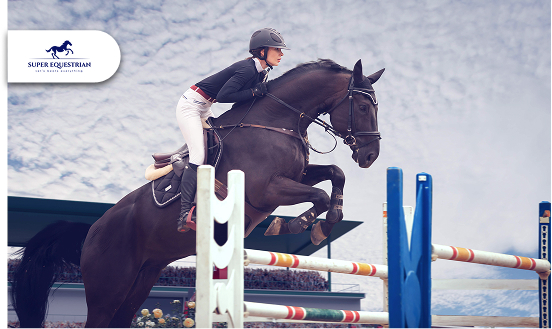
The truth about great riding? It rarely comes from dramatic leaps forward. It’s built quietly. One transition, one no-stirrup lap, one intentional circle at a time. Those small, steady moments you dedicate to your craft? They compound. Over weeks and months, they shape a rider who is not only more skilled, however, more connected with their horse, and with themselves.
And on the days it feels hard or messy, remind yourself: showing up still counts, consistency matters. Want help getting started?
To help you set goals, reflect after each ride, and celebrate the wins that matter most, stay with superequestrian.com, an equine community that will support you with every hoofbeat.
Recent Blogs
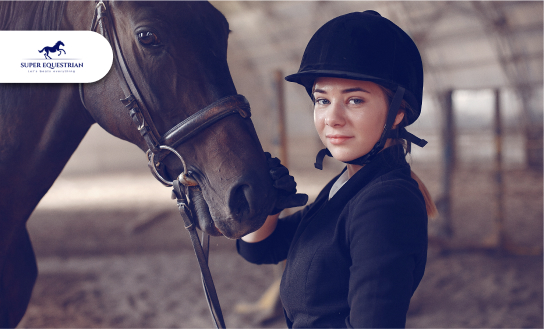
Essential Horse Riding Gear for ...
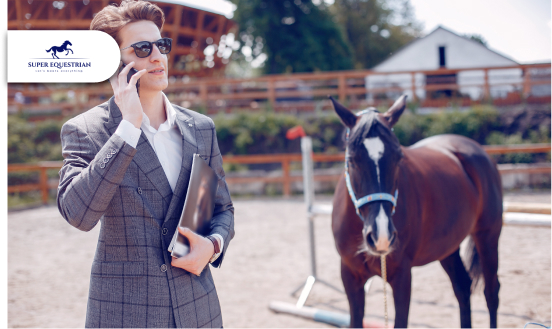
How to Balance Work, Life, ...

How to Balance Work, Life, ...

Top 5 Exercises to Improve ...
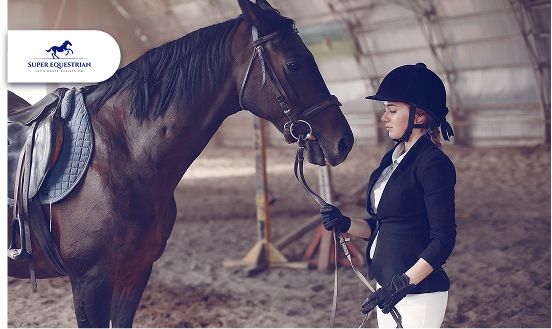
How to Build Confidence as ...
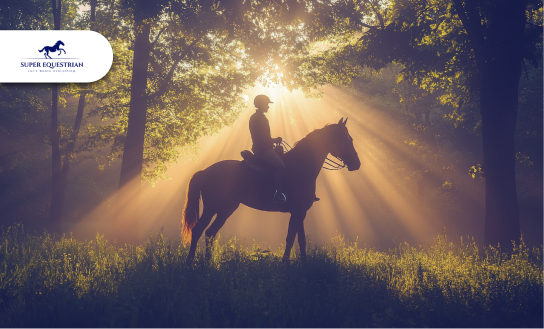
Spotlight on Equestrian Legends: Riders ...

Horse Auctions and Sales...

Top Horse Friendly Travel Destinations ...

How to Build Stronger Bonds ...

Upcoming Horse Shows and Competitions ...
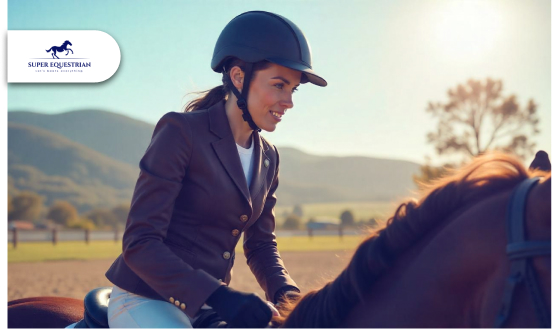
MIPS Equestrian Helmet The Future ...

How to Recognize and Treat ...
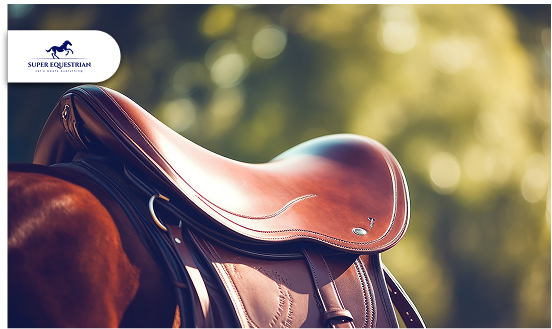
How to Choose the Perfect ...
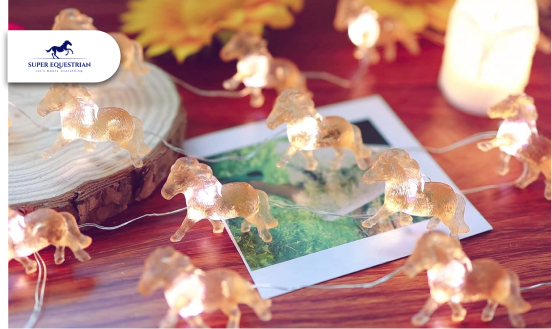
Horse-Themed Gifts Unique Ideas ...
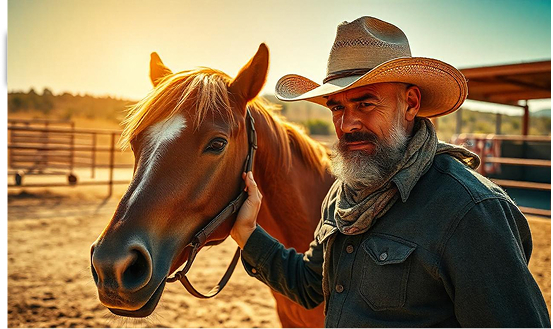
Horse Training Techniques: Creating A ...
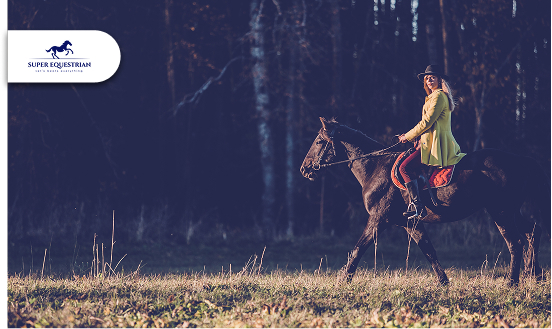
Horseback Riding Lessons – Everything You ...
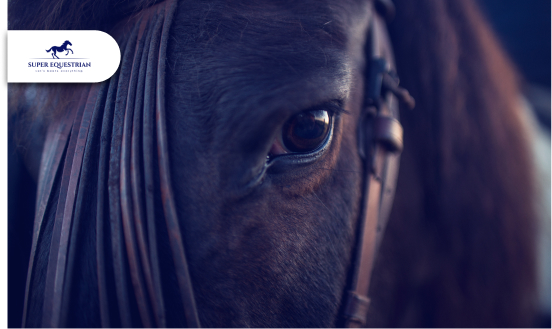
Horse Photography Tips: Learn the ...
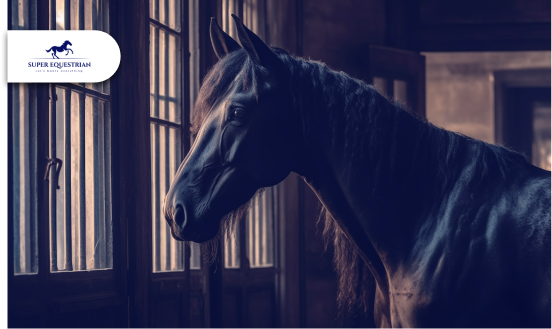
Horse Stable Management: The Quiet ...
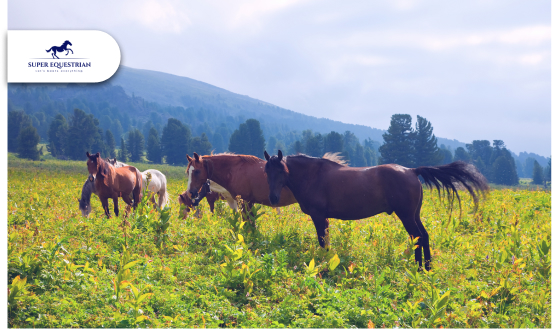
Horse Rescue Organizations: A Profound ...
Horse Racing Events A Look ...
Best Horse Manure Fork Six ...
What Are The Rarest Horses ...
What Does It Mean When ...
Horse Insurance Providers This Is ...

Horse Behaviour and Psychology: Learn ...

How Much Does a Horse ...
.jpg)
Best Monoflap Saddles For Your ...
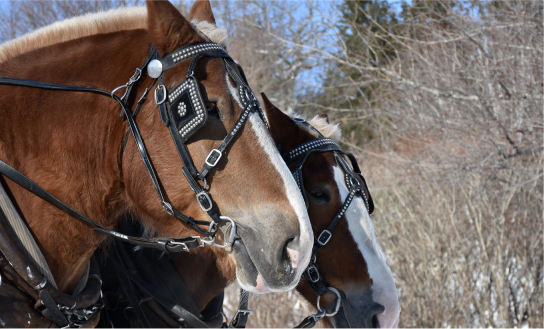
Best Hackamore For Barrel Racing...
.jpg)
Best Barrel Racing Reins Top ...
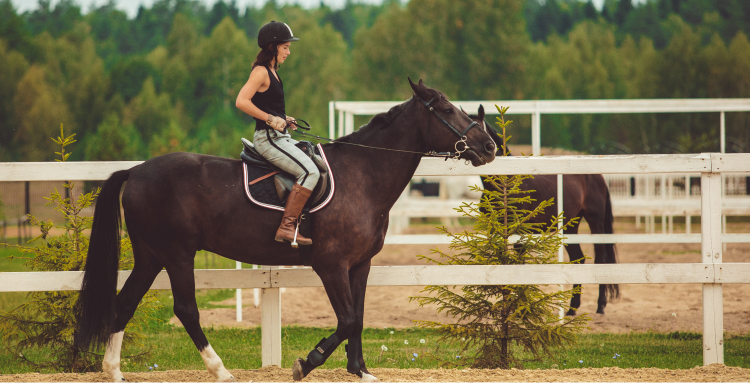
Horse Anatomy And Physiology: Facts ...
.jpg)
Best Stirrups For Ankle Pain - ...
.jpg)
Horse Care Tips and Tricks: ...
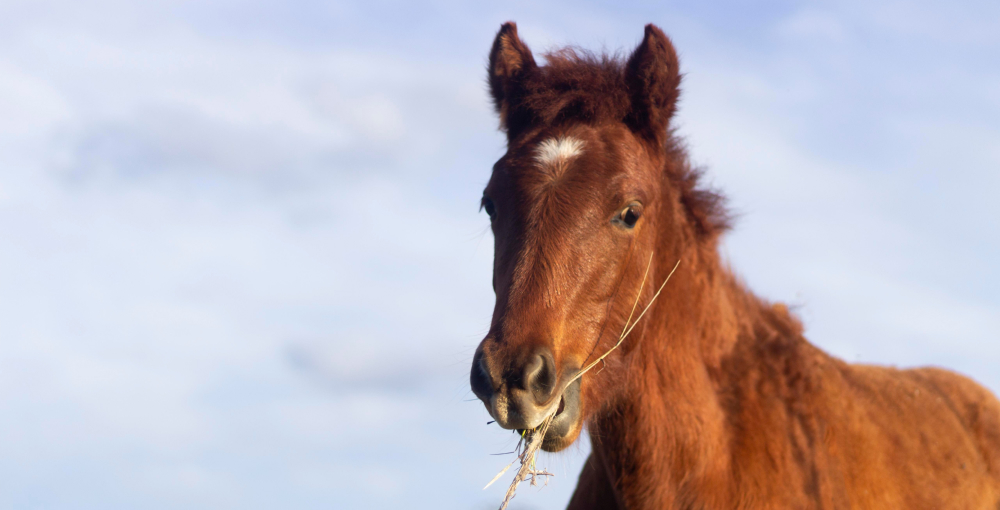
What Do Wild Horses Eat- ...
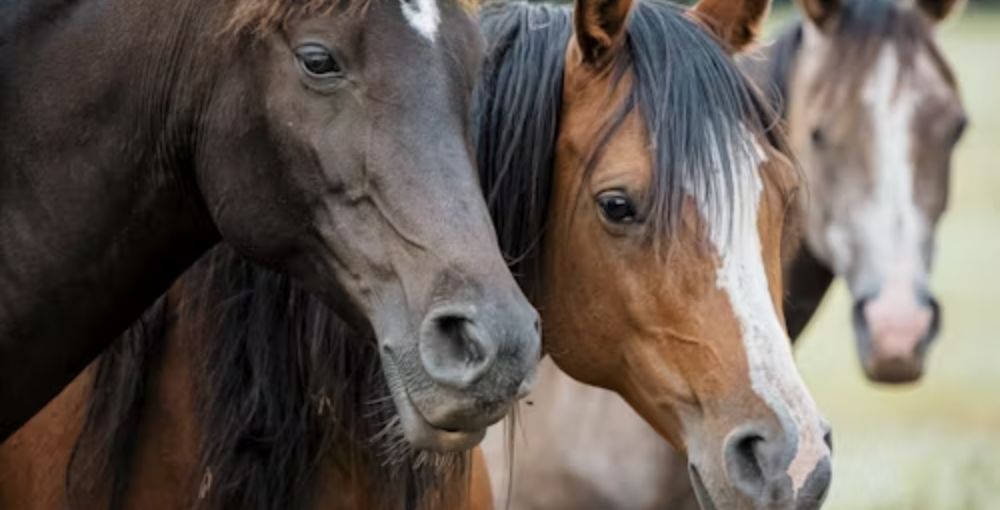
Horse Breeds and Characteristics: How ...
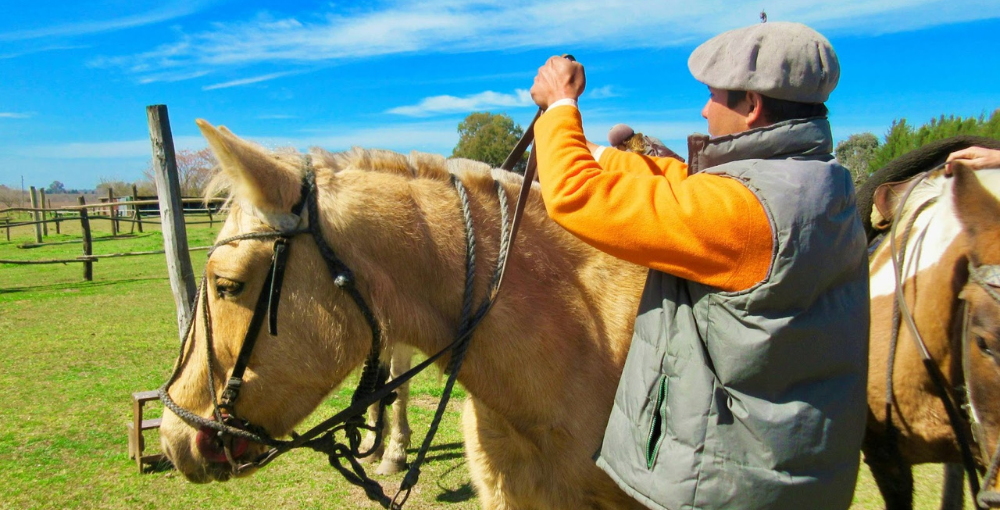
Best Barrel Racing Reins - Top ...

Horse Breeds and Characteristics: How ...
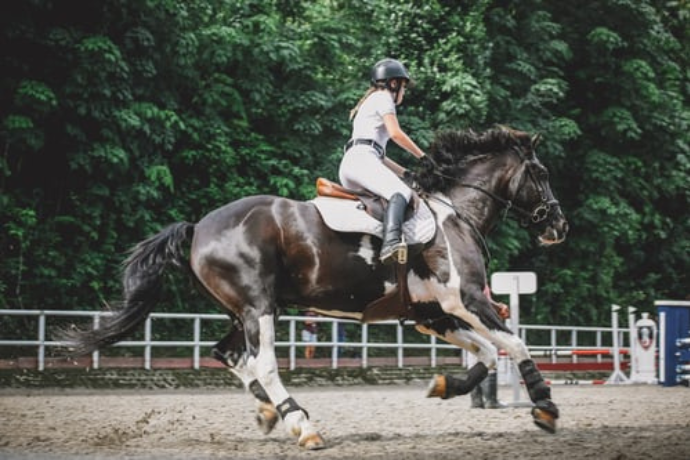
Best Breeches For Curvy Riders...
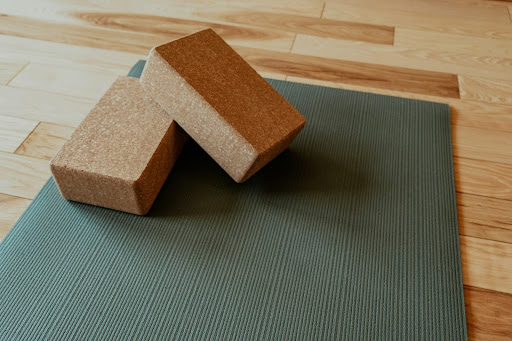
Best Stall Mats For Horses - ...

Best Horse Brushes ( A Thread ...

Best Saddle Rack ( Keep Your ...

Best Bit For Training a ...
.jpg)
10 Morgan Horse Show Held ...
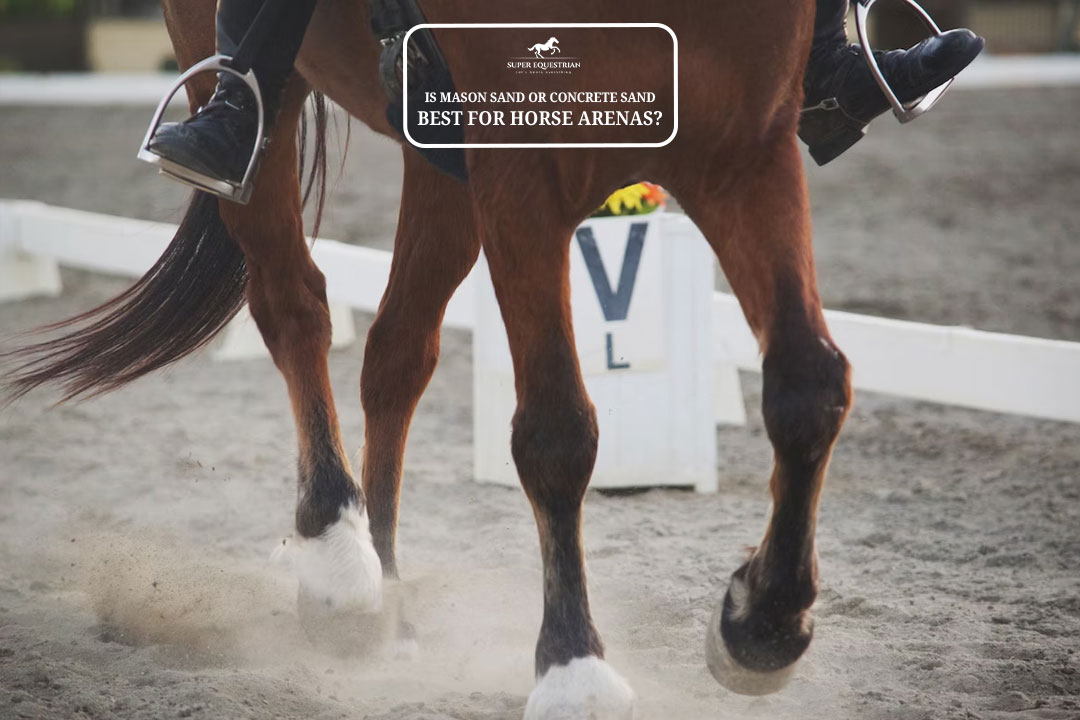
Is Mason Sand Or Concrete ...
.jpg)
Best Girth For Your Horse ...
.jpg)
Ranch Cutter vs Cowhorse Saddle? ...
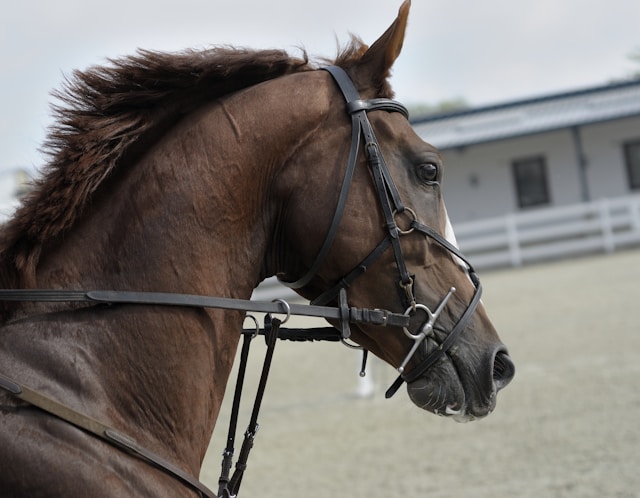
Types of Horse Bit and ...
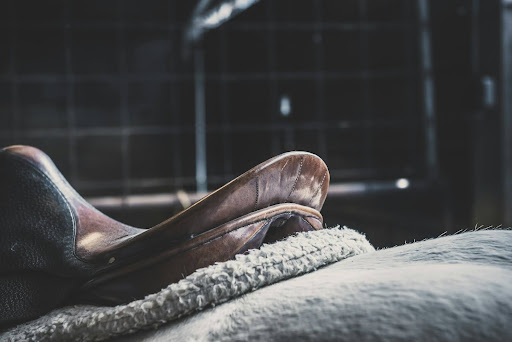
Is Hilason a Good Saddle ...
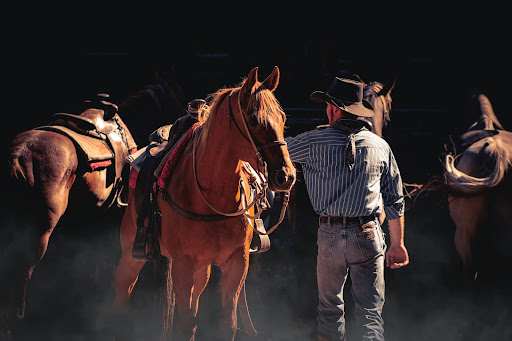
How to choose a bit ...
.jpg)
Best Salt Blocks For Horses...
.jpg)
Types of Horse Brushes (Equine ...
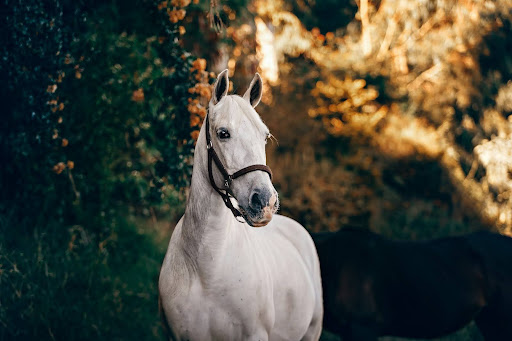
How To Get a Horse ...
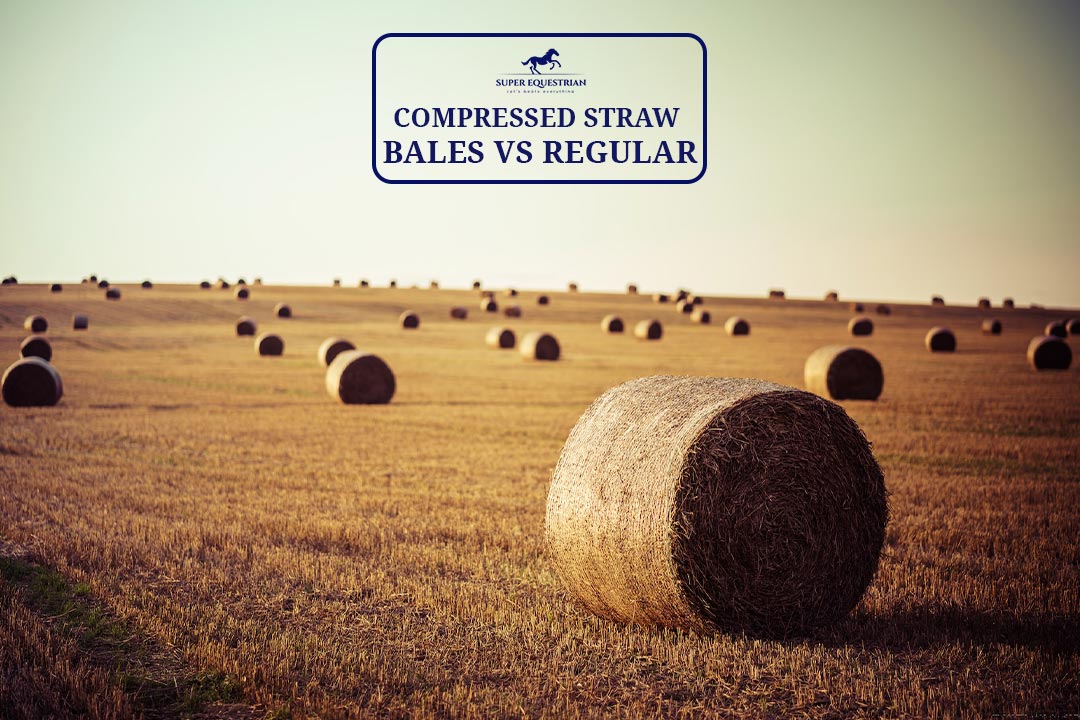
Compressed Straw Bales Vs Regular? ...
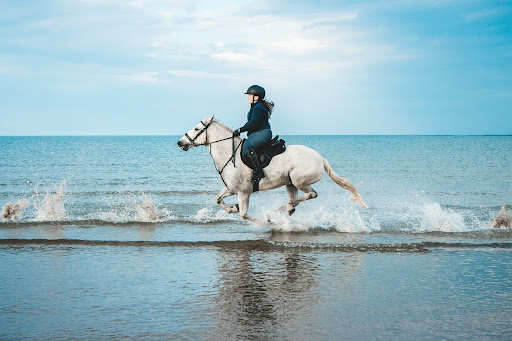
Horse Riding Lessons For Intermediate ...
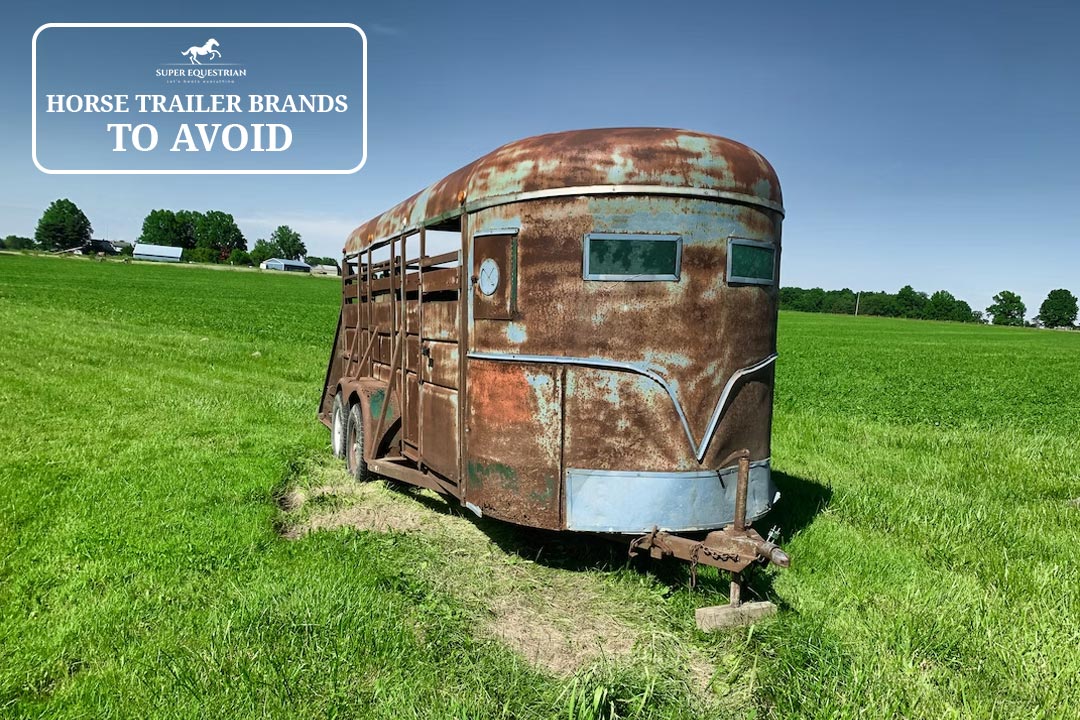
Horse Trailer Brands To Avoid...

Strawberry Roan vs Red Roan? ...
.jpg)
Gelding vs Stallion...
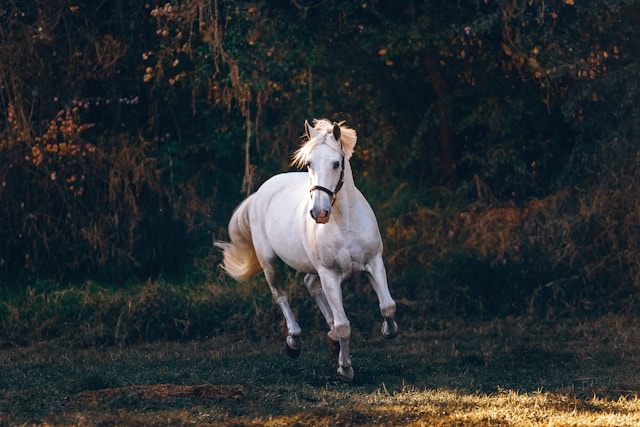
Why Does a Horse Whinny? ...
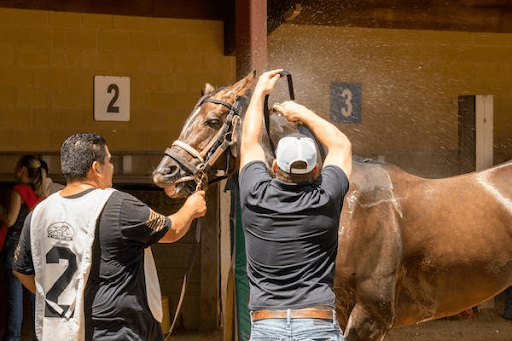
How to Clean a Rusty ...

Why Do Horses Foam at ...

Why Do Horses Bob Their ...

Nutrition Unveiled: Triple Crown Senior ...
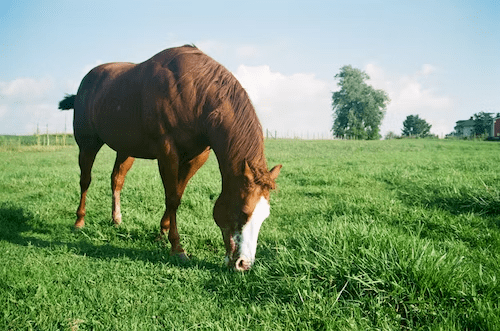
Pasture Pro Vs. Grazon: Horse-...
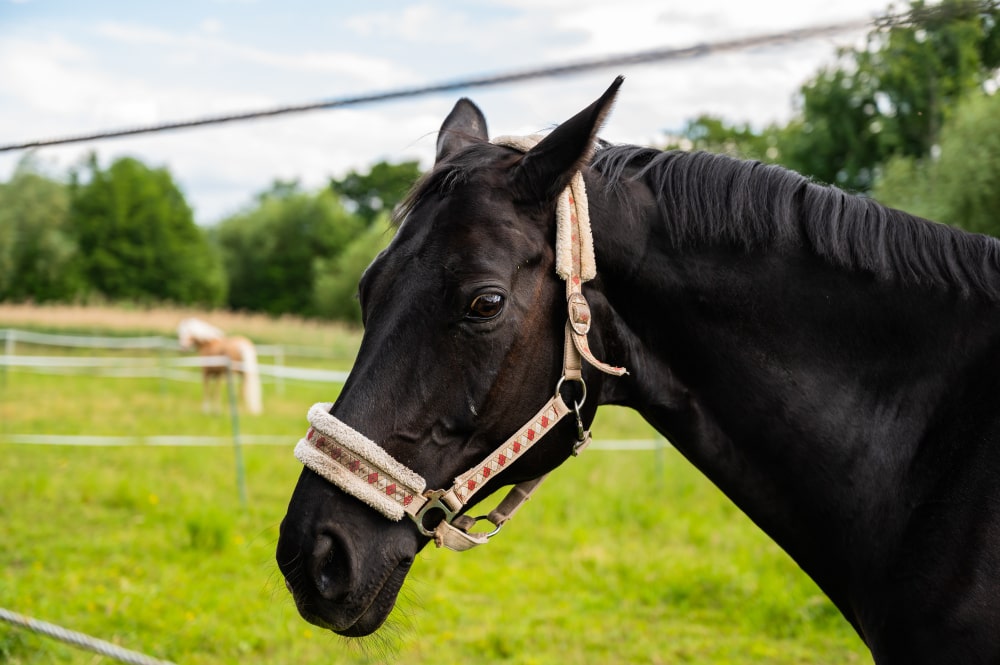
Dutch Gag Vs. Pelham: Bits ...
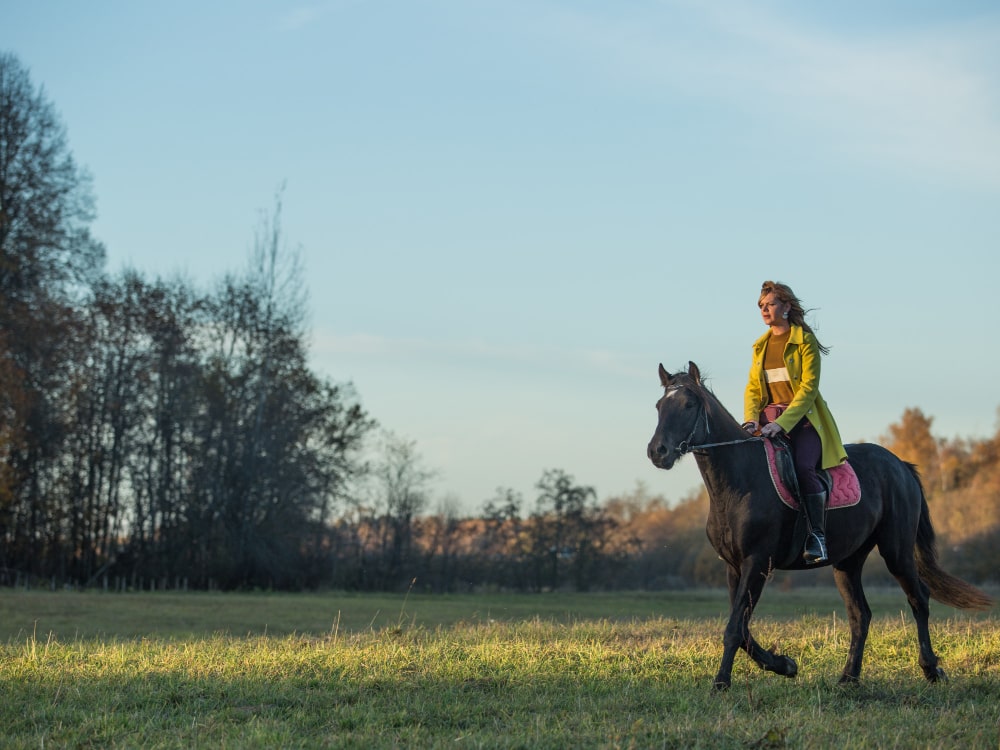
Walking Horse vs Racking Horse: ...
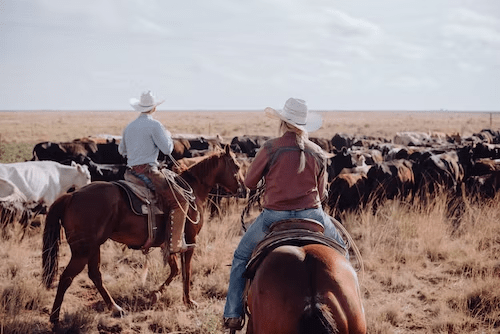
Wade vs Association Saddle: Your ...
.jpg)
Step Up vs Ramp Horse ...

Bosal vs Hackamore: A Head-...
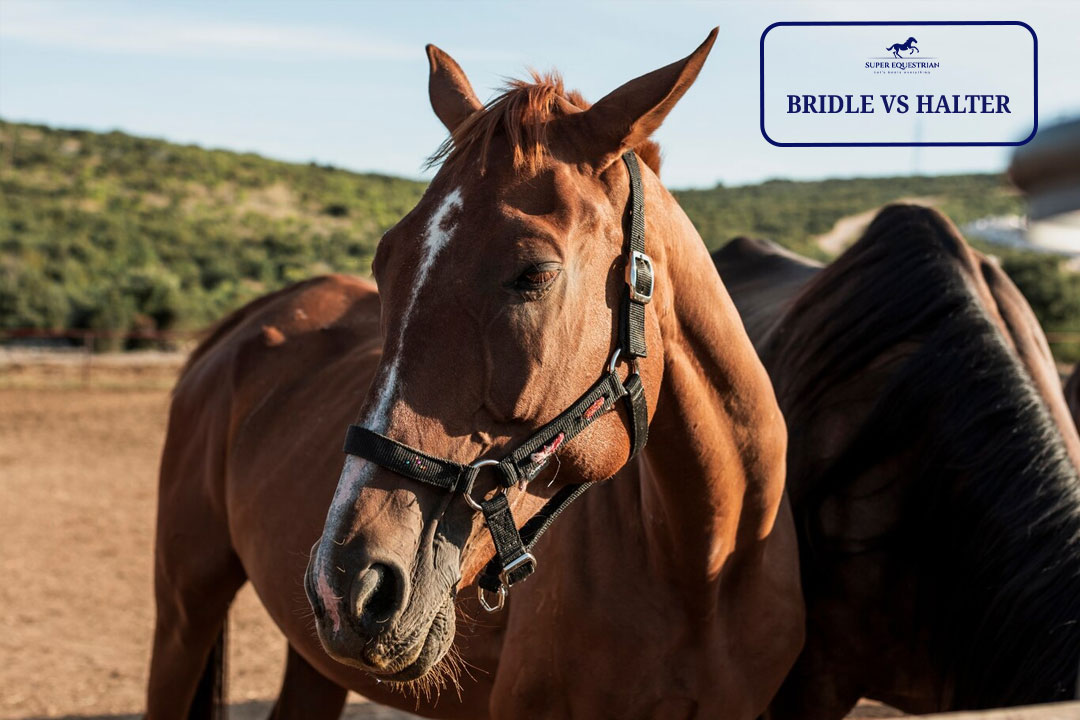
Bridle Vs Halter: Which One ...

Paddock Boots Vs Riding Boots: ...

Shadow Horse Trailer Problems: Causes, ...
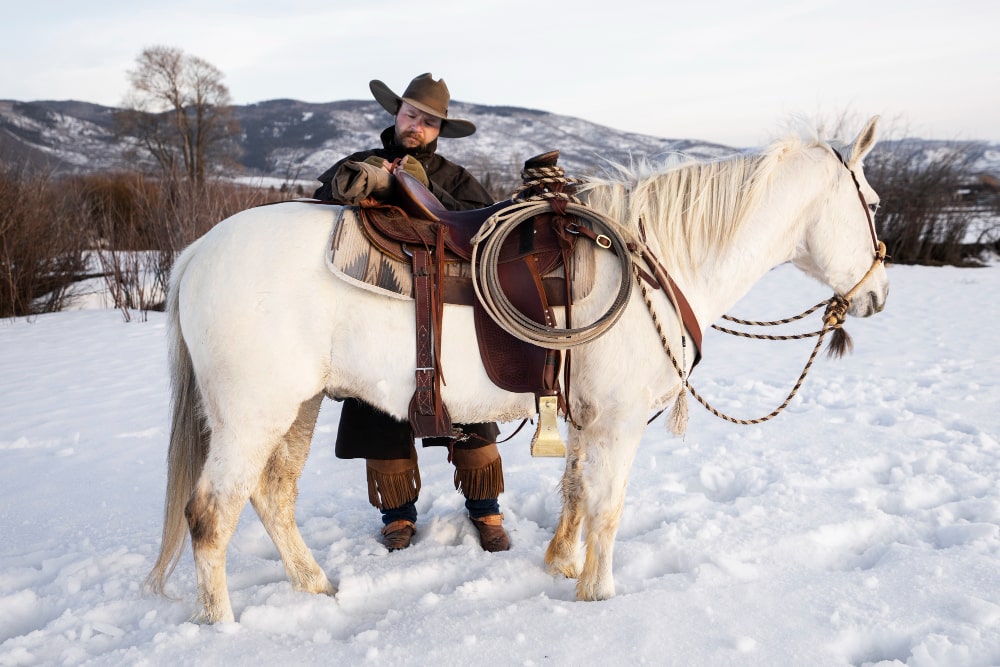
Are Billy Cook Saddles Good - ...

Let's Start at the ...
Benefits of Beet Pulp for ...
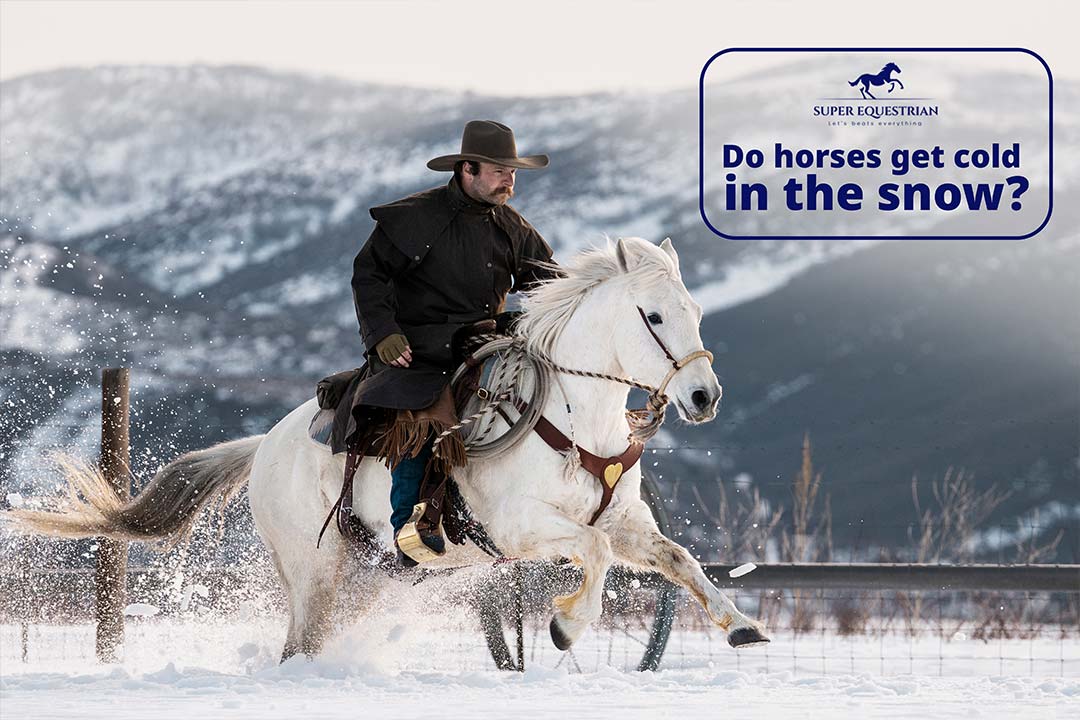
Do horses get cold in ...
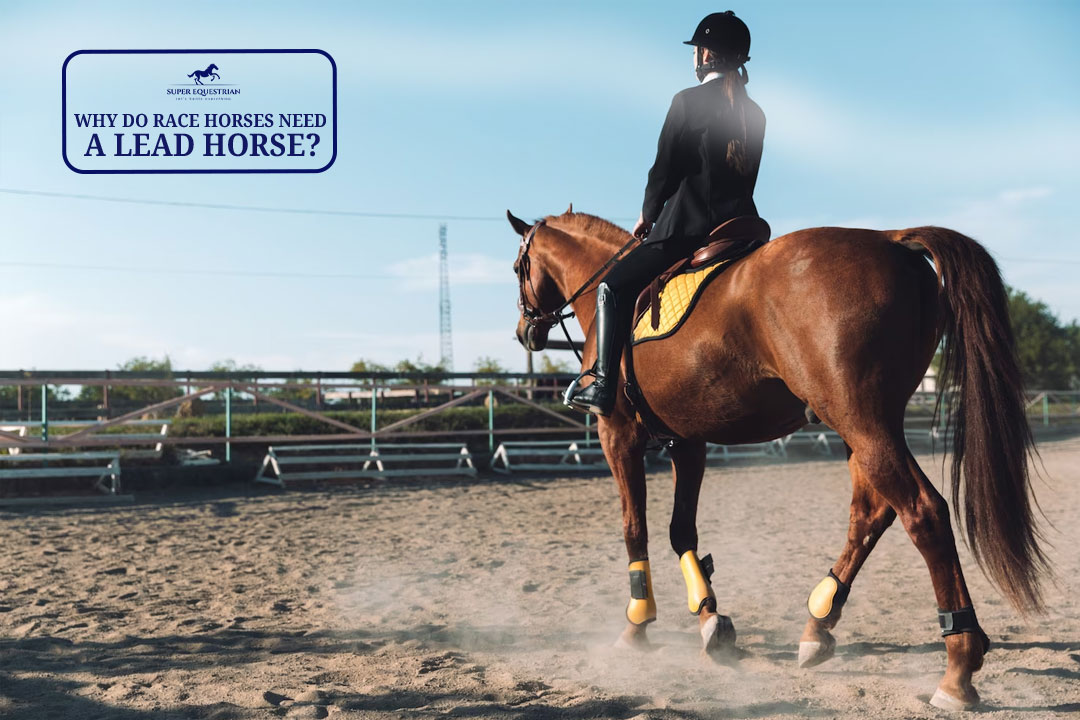
Why Do Race Horses Need ...
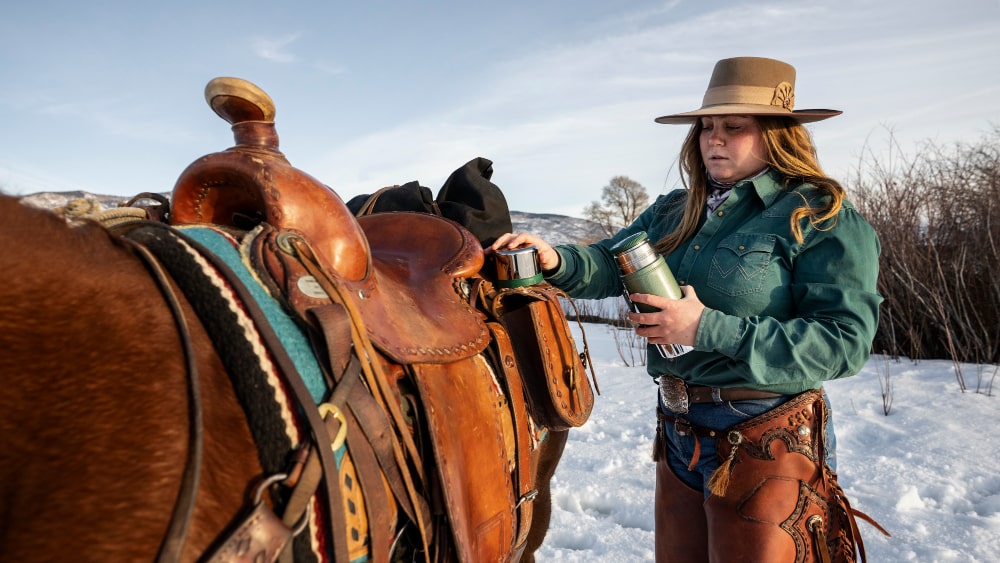
Ranch Saddle vs. Roping Saddle: ...

Round Pen vs Square Pen ...

Must Have Horse Trailer Accessories: ...
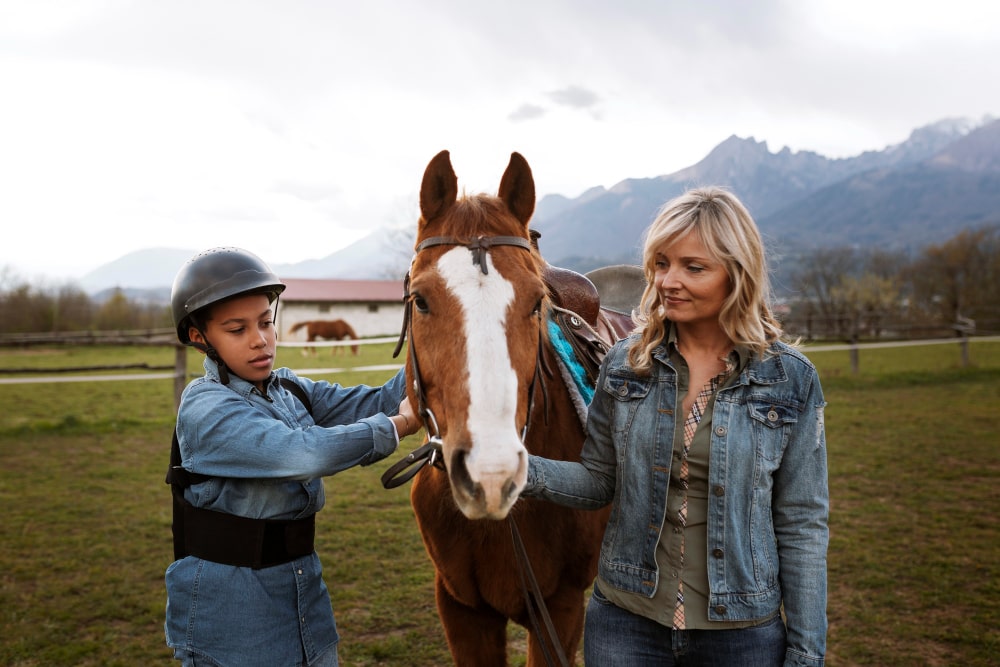
Is MIPS Worth for Equestrian?...
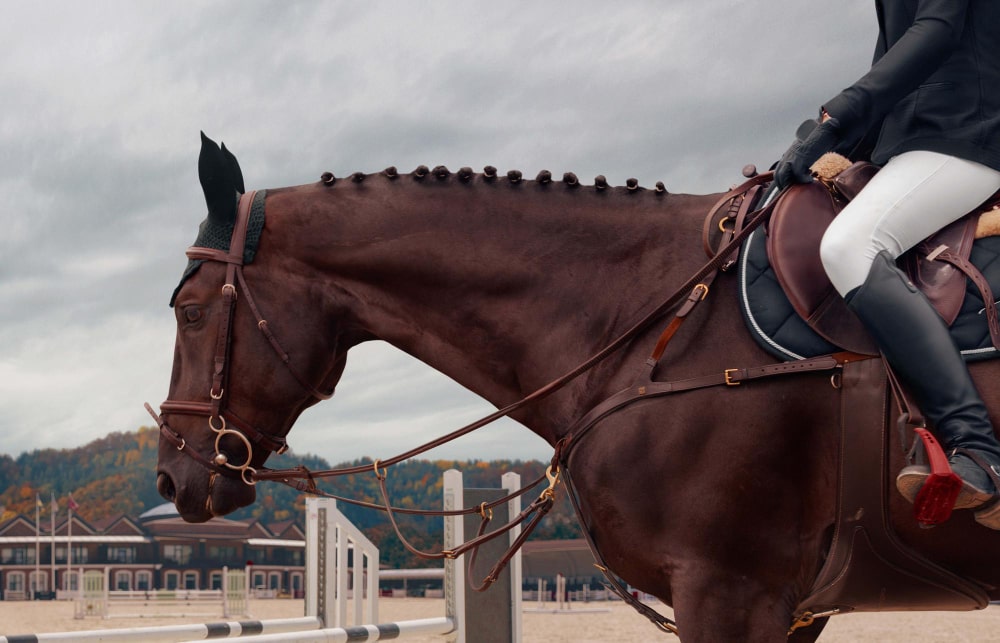
Natural Horsemanship vs Positive Reinforcement: ...

How to Mount a Horse ...
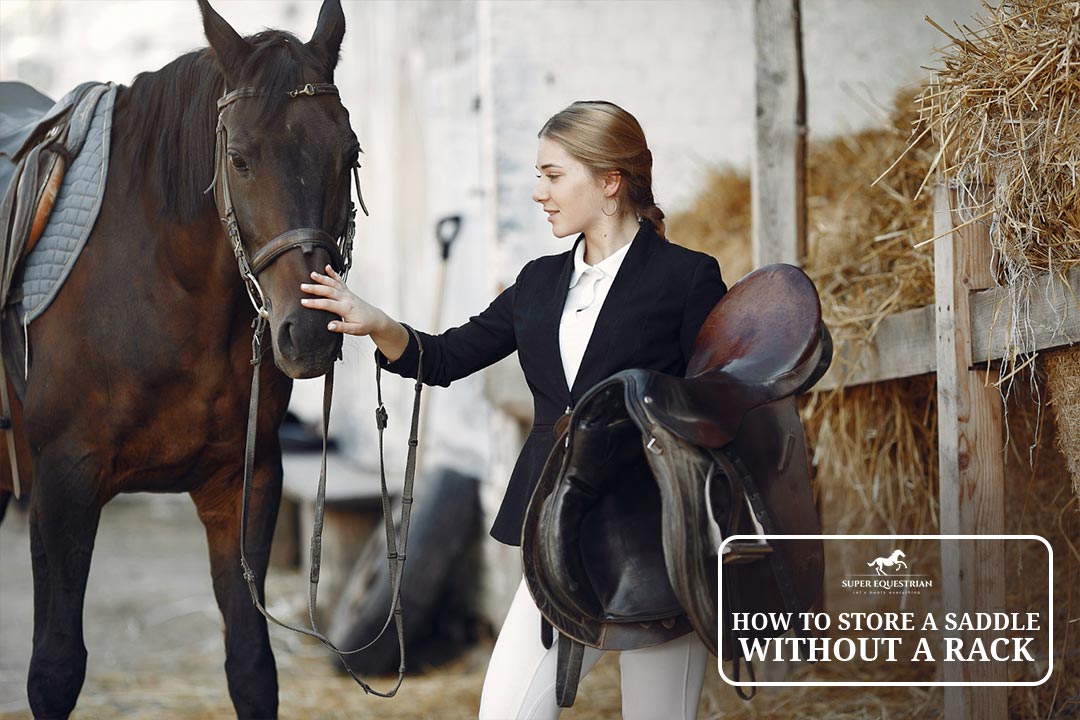
How to Store a Saddle ...

Why are Stirrups Important in ...
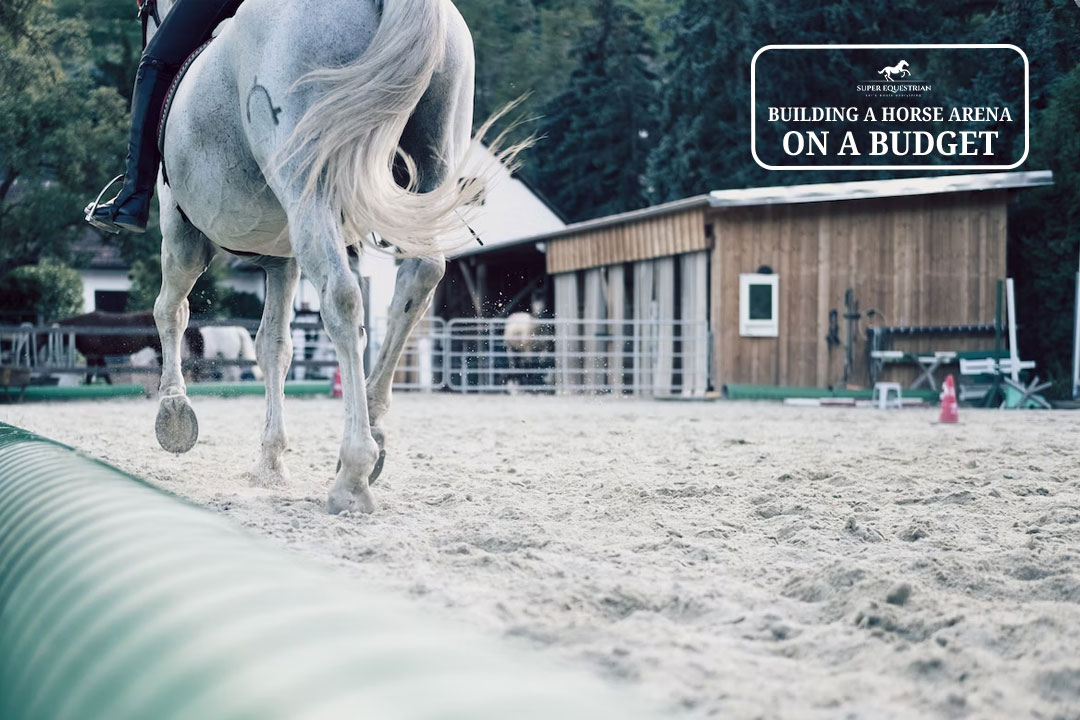
Building a Horse Arena on ...

How to Make Horse Treats ...

Order of Grooming a Horse...

Horse Riding Lessons Plan: The ...

Horse Trailer Roof Replacement and ...
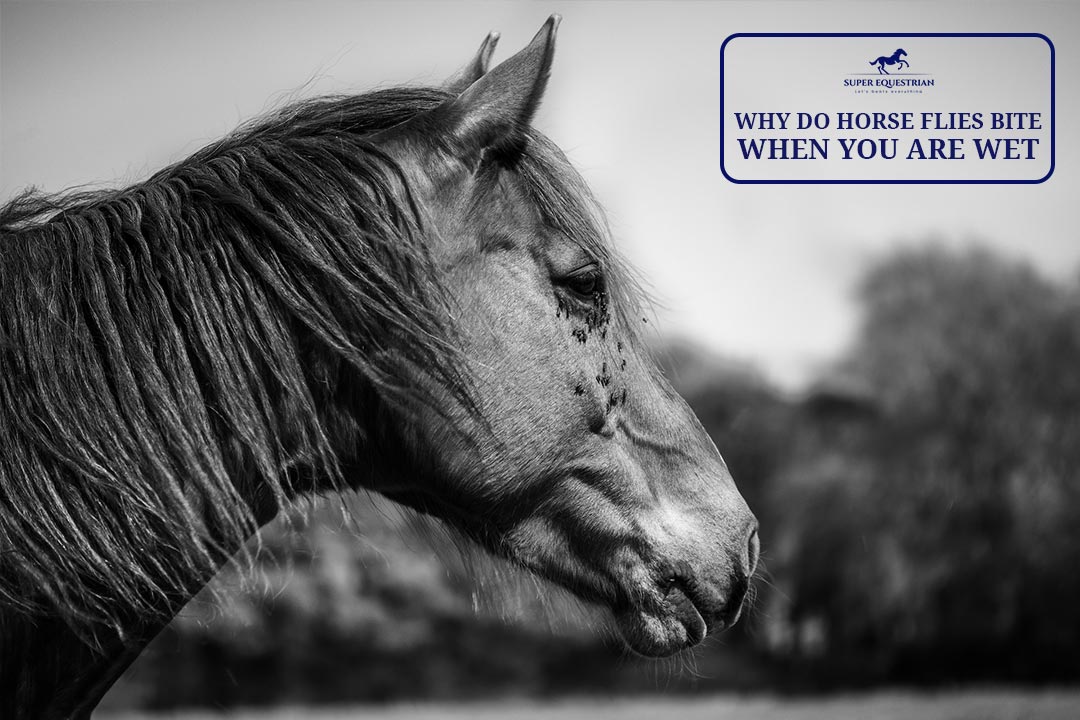
Why Do Horse Flies Bite ...
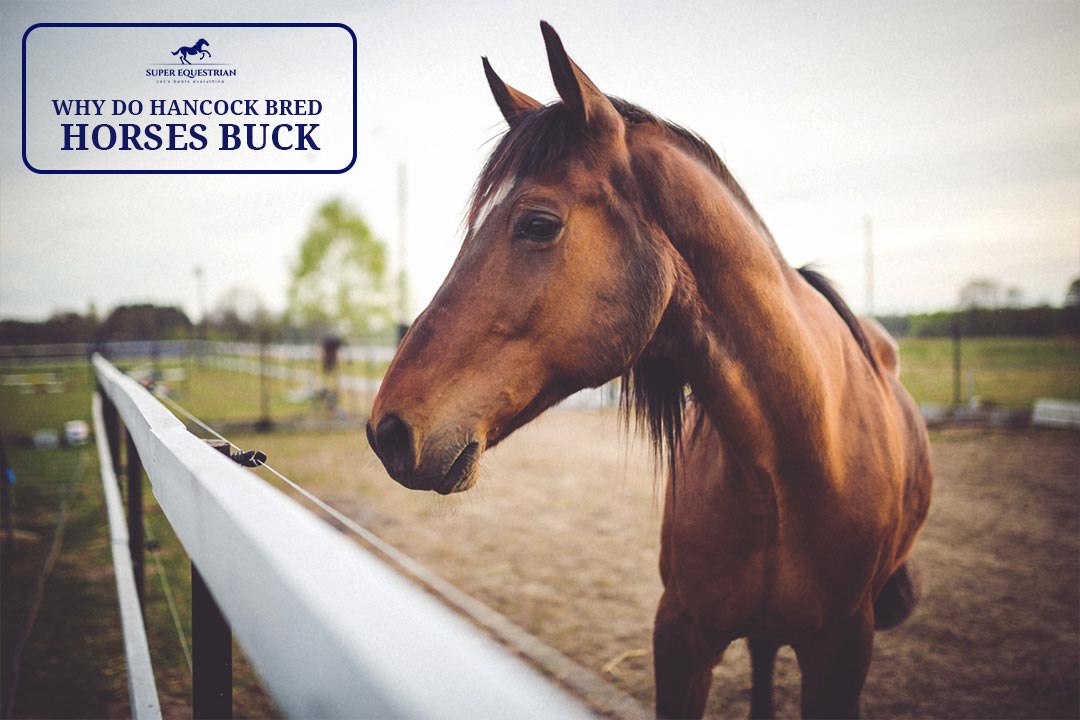
Why Do Hancock Bred Horses ...

Quarter Horse Bloodlines to Avoid...
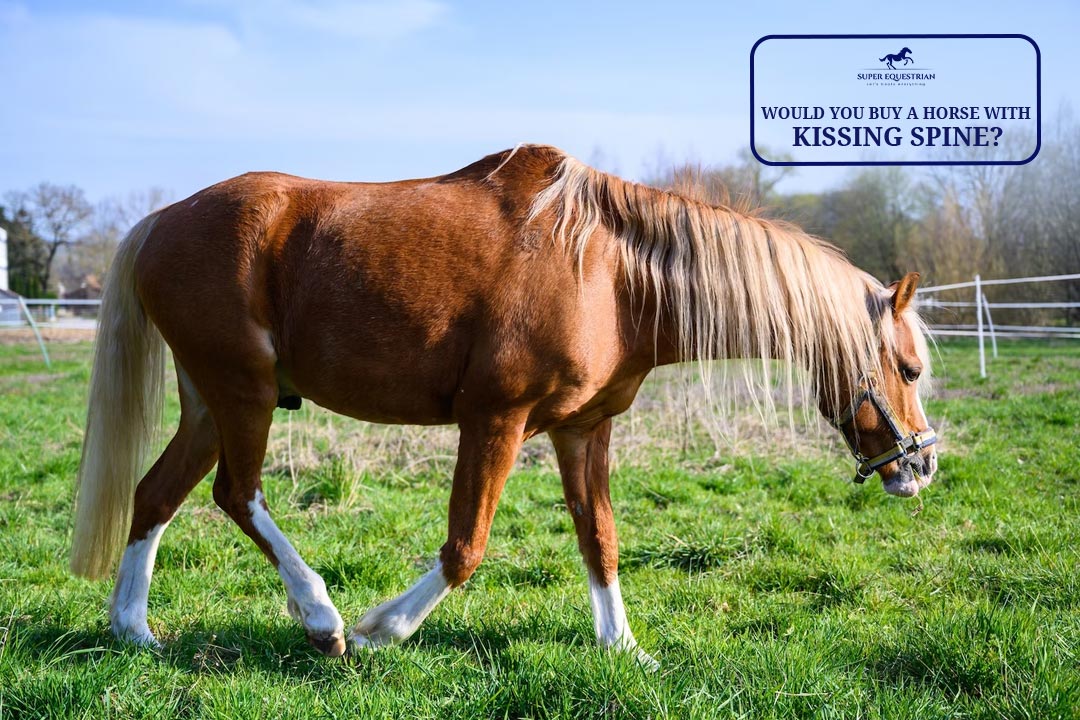
Would You Buy a Horse ...
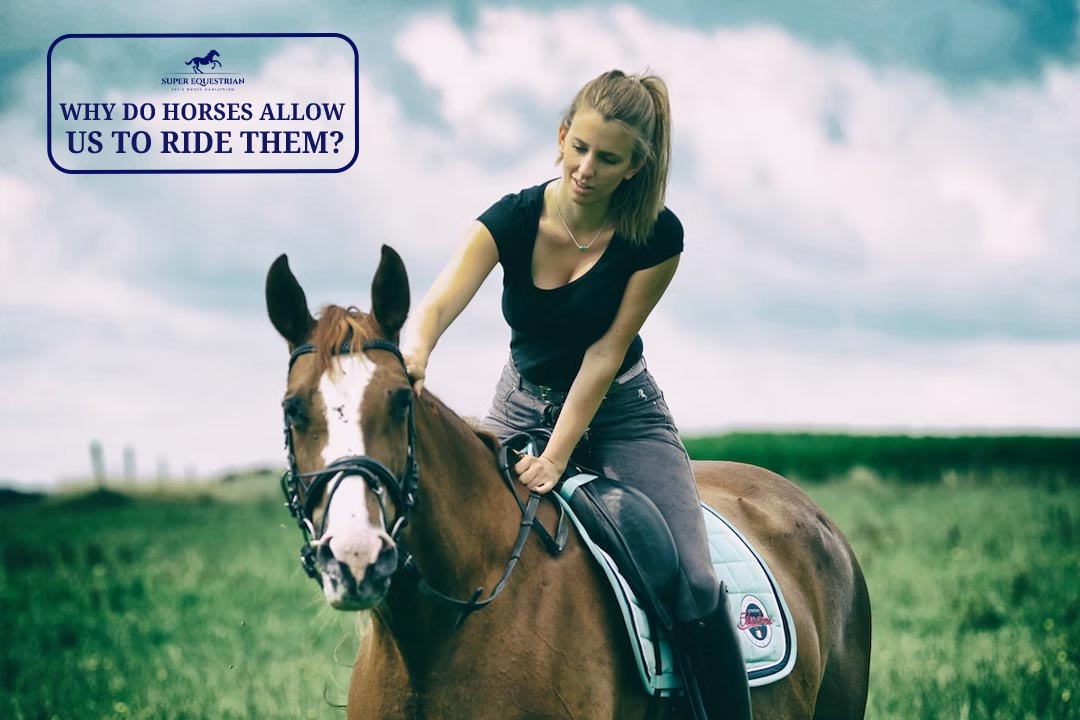
Why Do Horses Allow Us ...
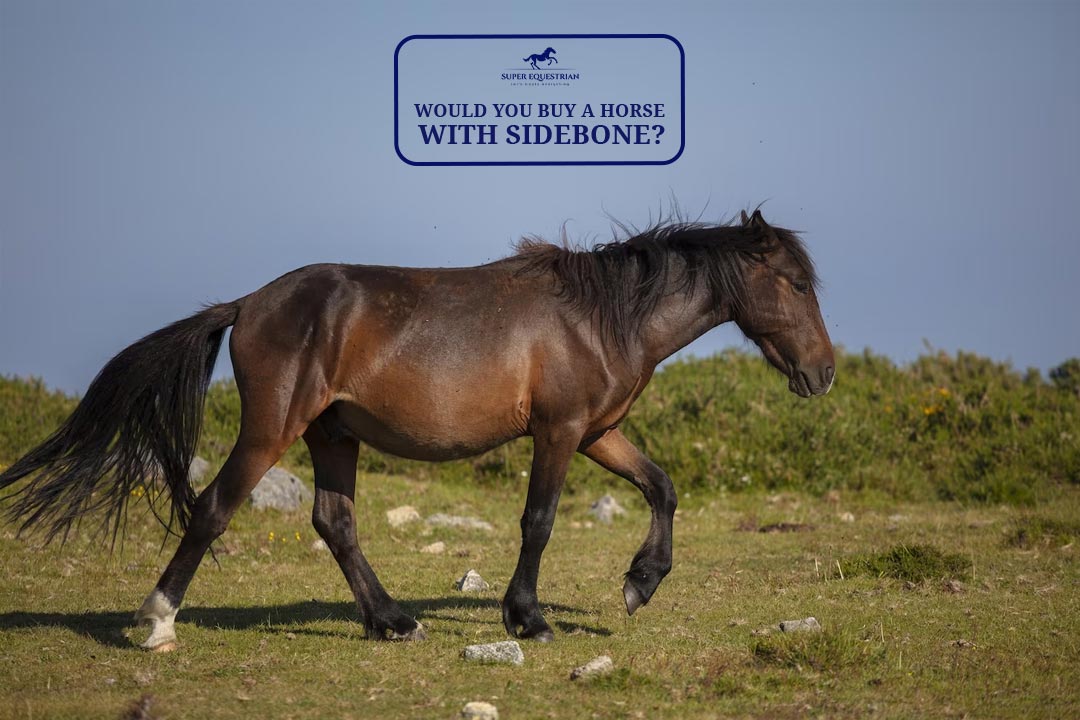
Would you buy a horse ...

Why Are Klapper Bits So ...
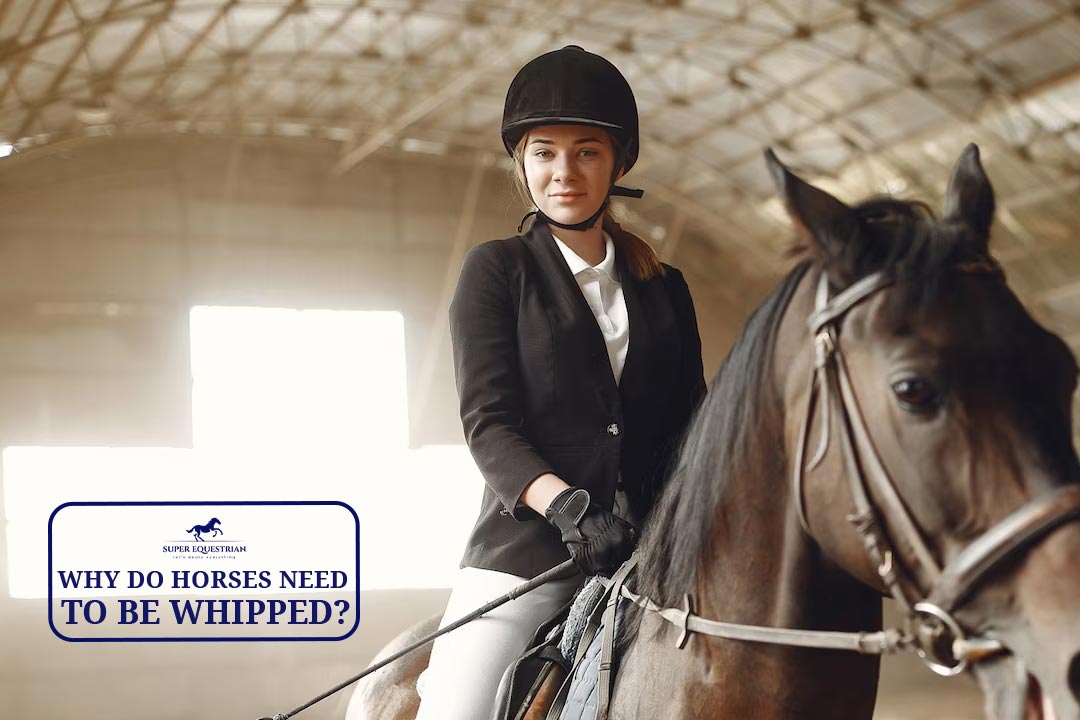
Why do horses need to ...

Why do you mount a ...
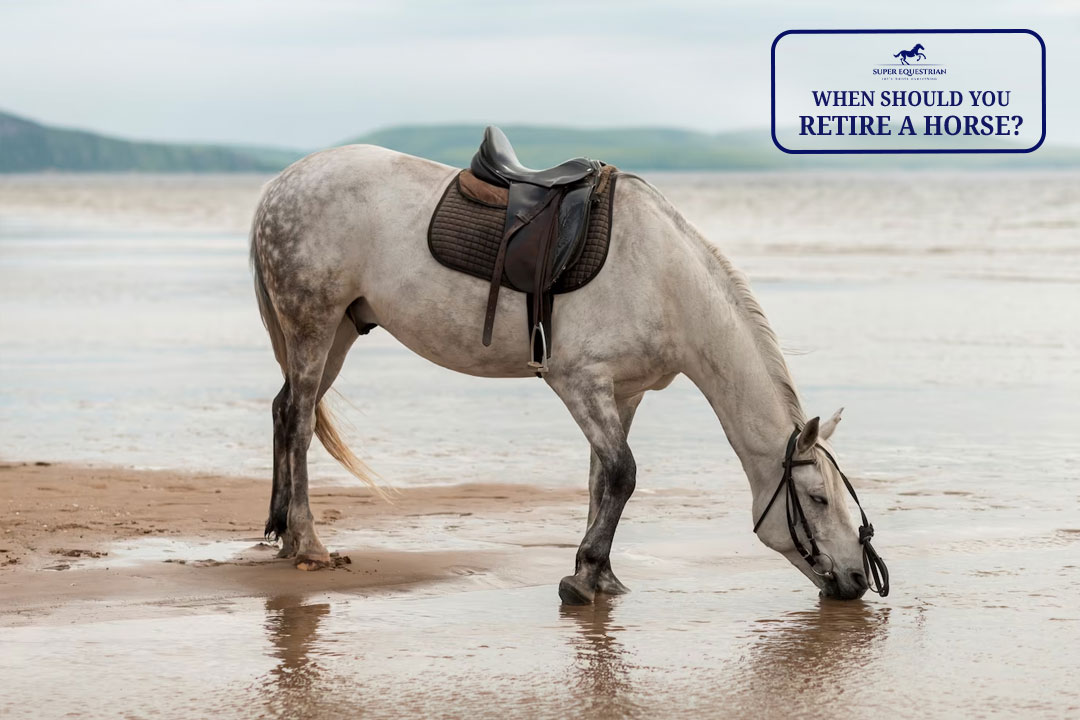
When Should You Retire A ...
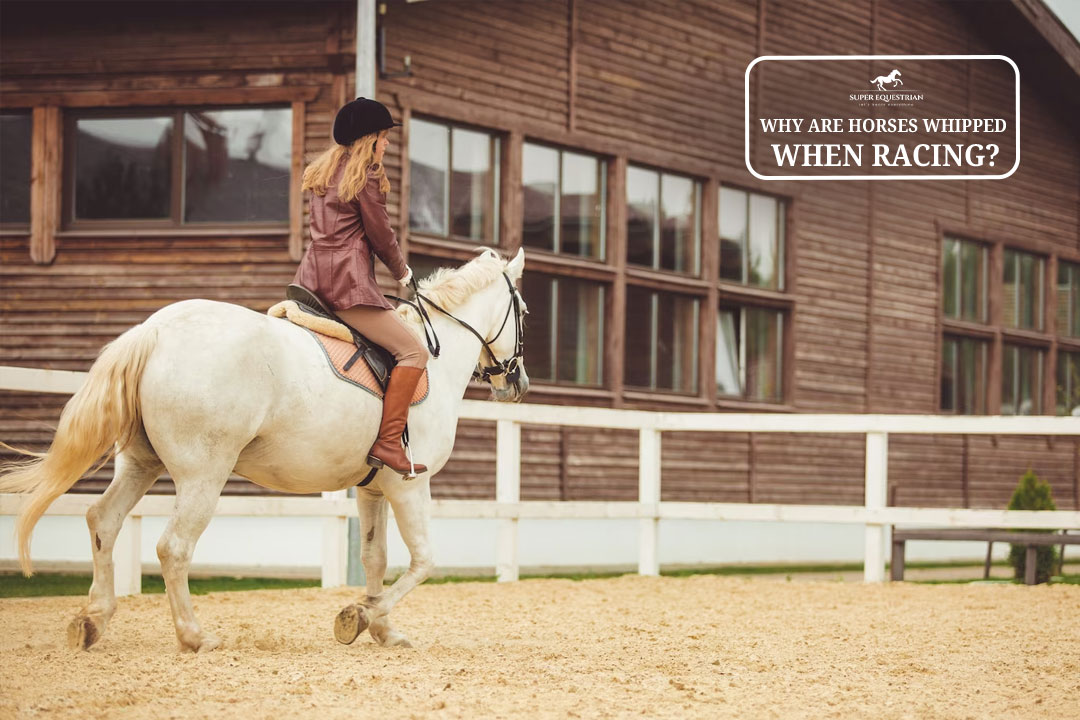
Why Are Horses Whipped When ...
.jpg)
Why Do Horses Have A ...
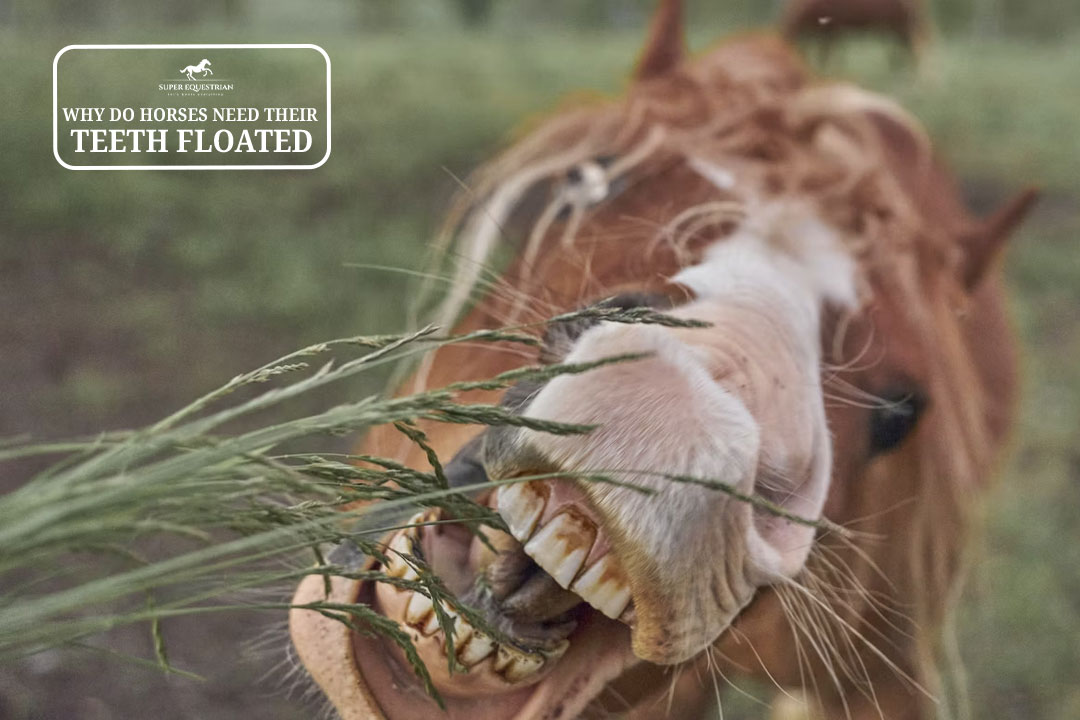
Why Do Horses Need Their ...

What To Do If Horse ...

What To Do If A ...
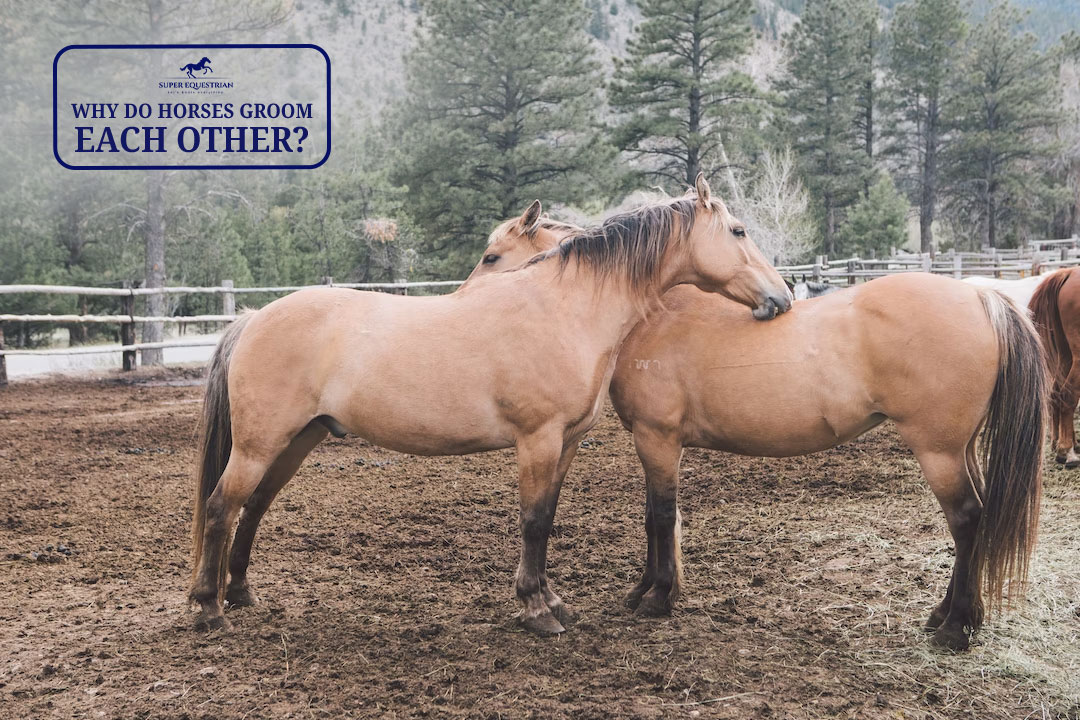
Why do horses groom each ...
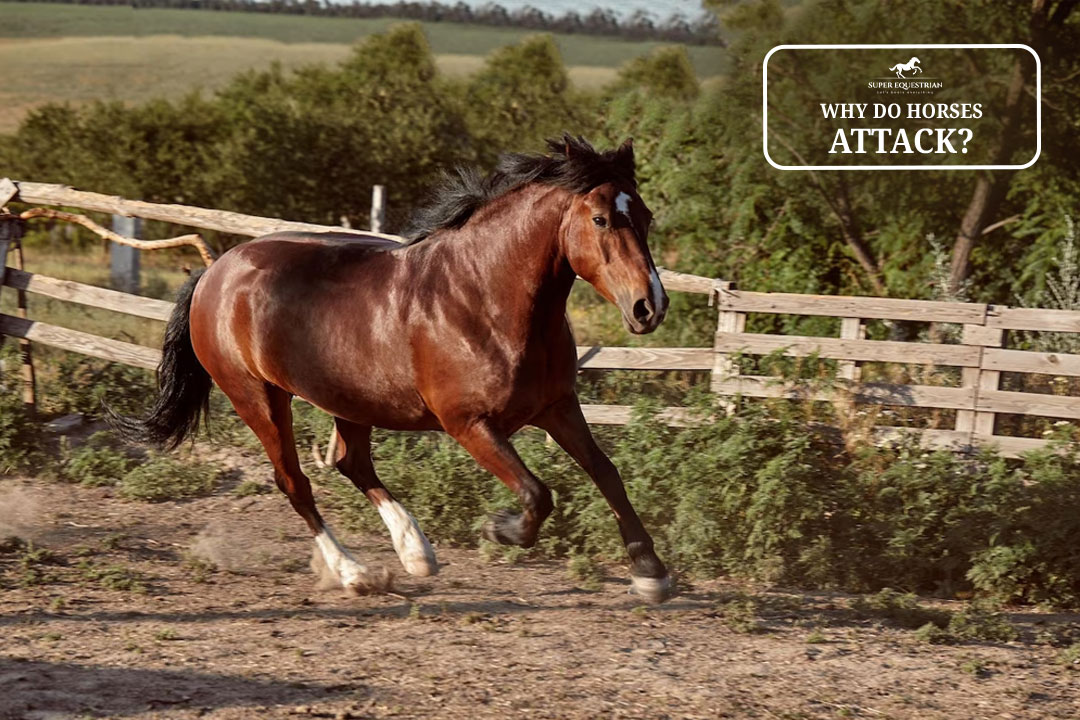
Why do horses attack...

Should I Use a Martingale ...

How to fit bell boots ...
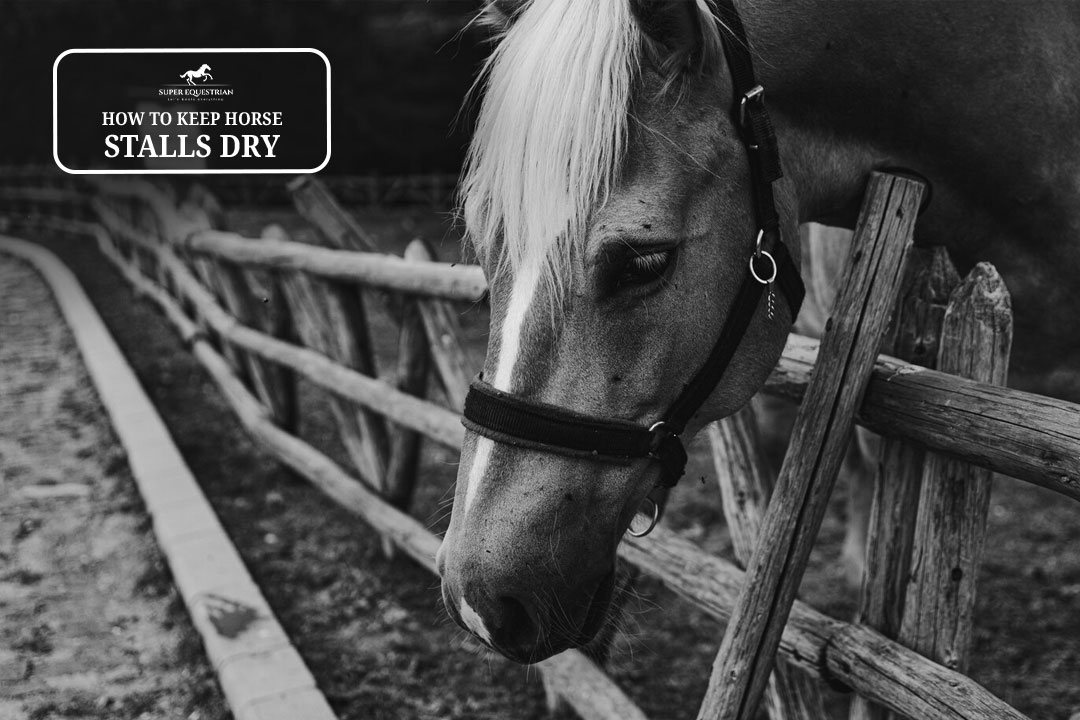
How To Keep Horse Stalls ...
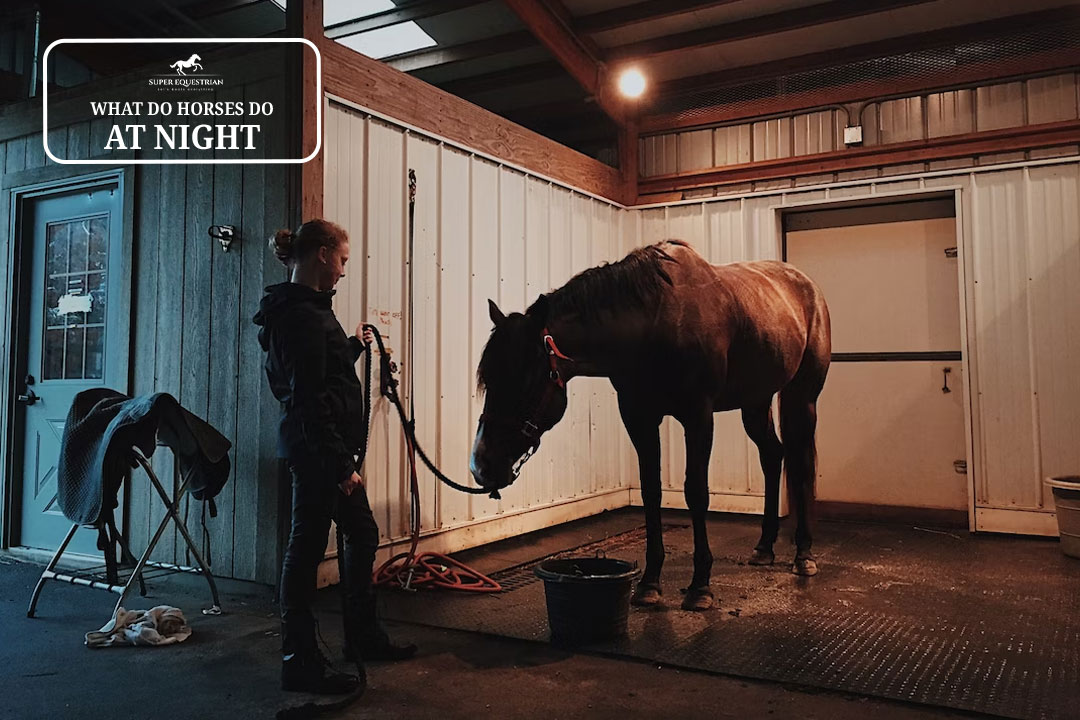
What Do Horses Do At ...

What do horses like to ...

Why do wild horses get ...
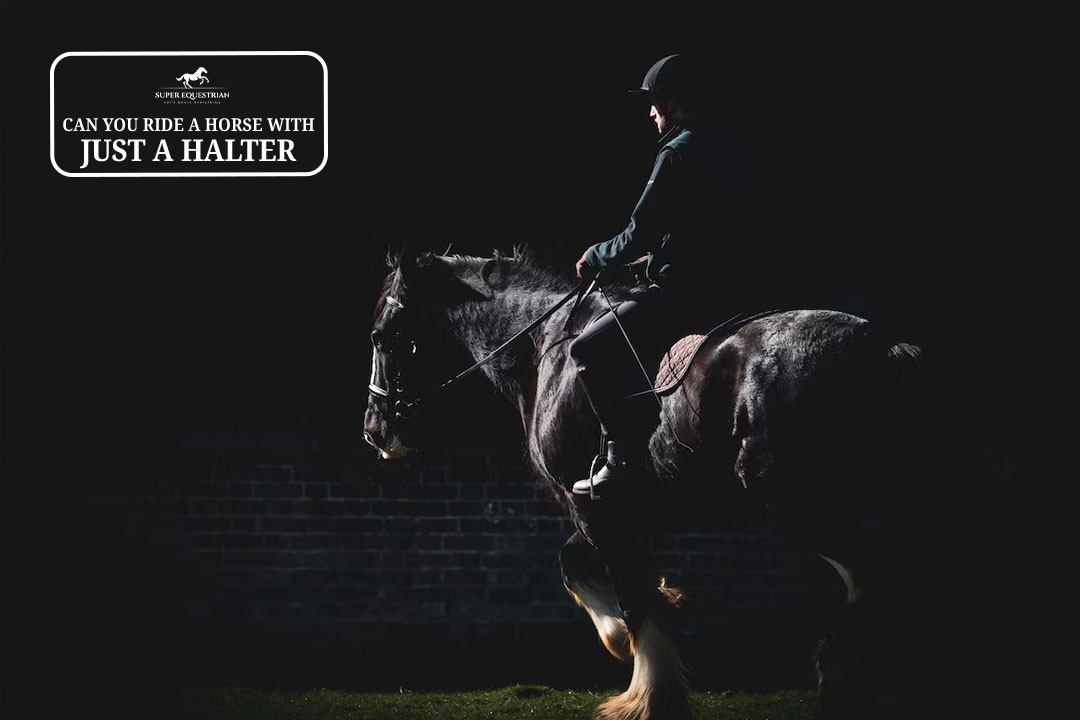
Can you ride a horse ...
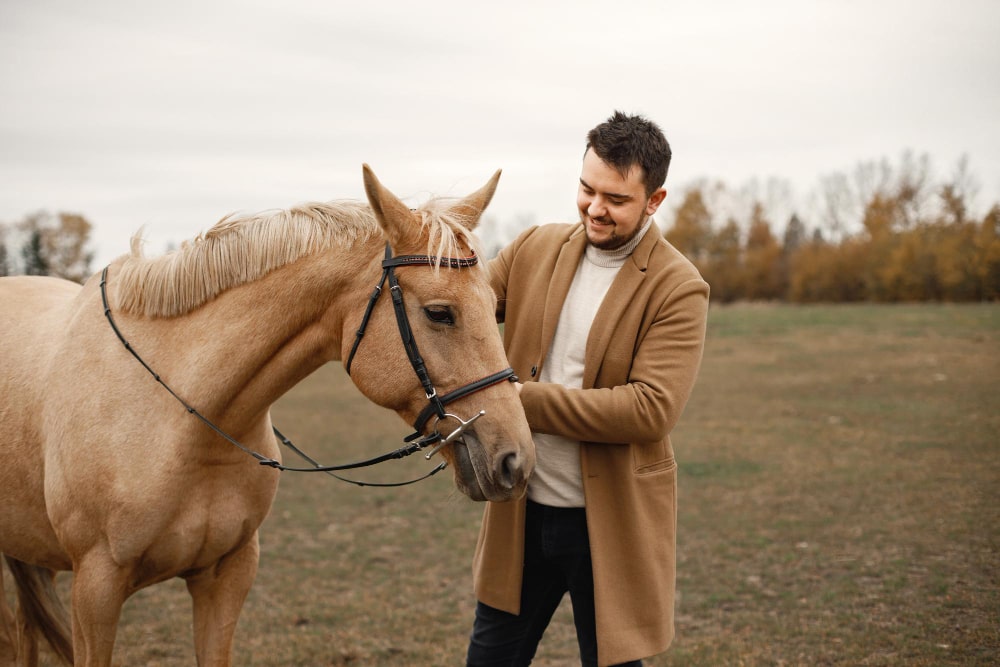
Are horses protective of their ...
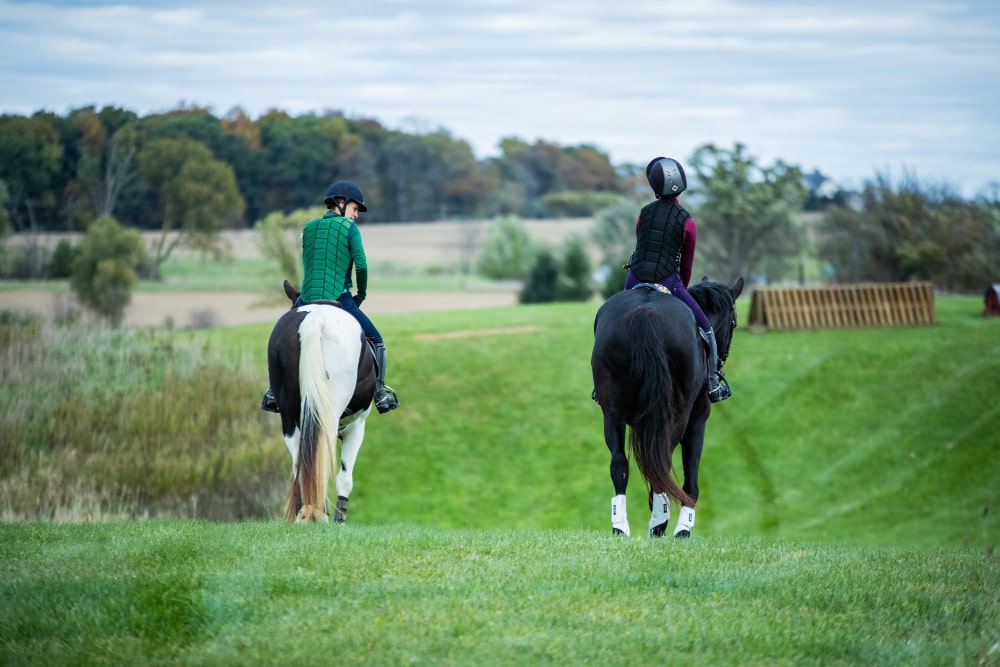
Why racking horses are popular ...
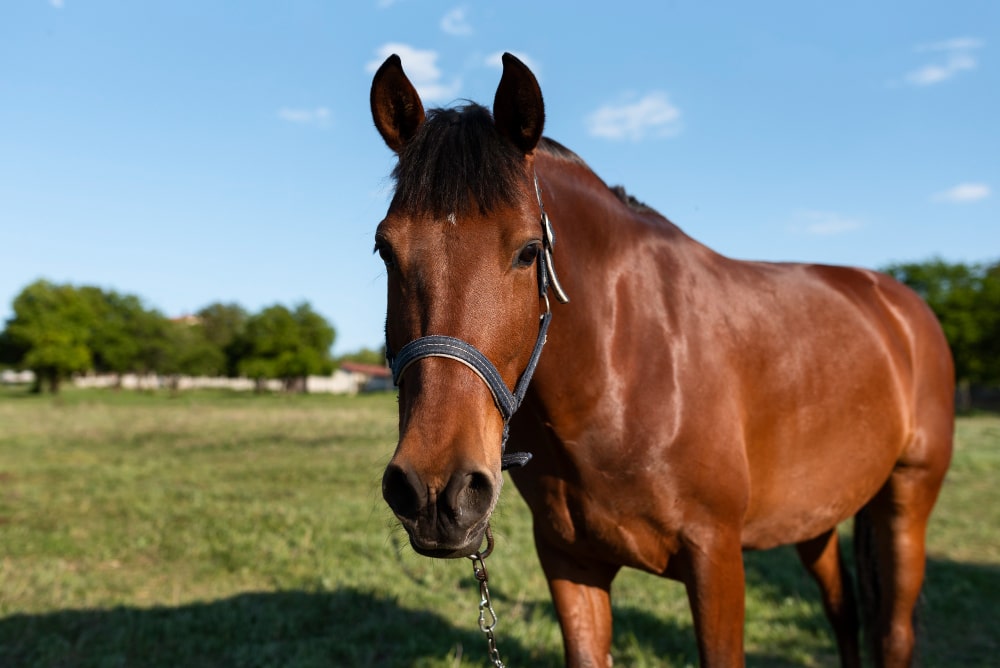
How To Keep Horses Off ...
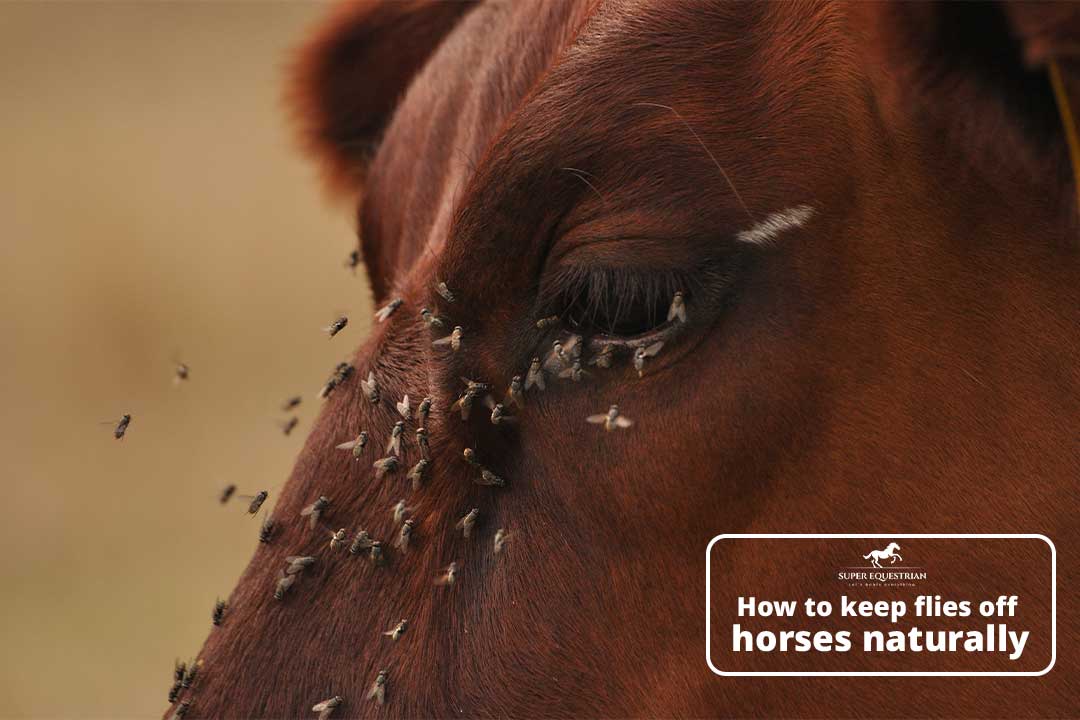
How to Keep Flies Off ...
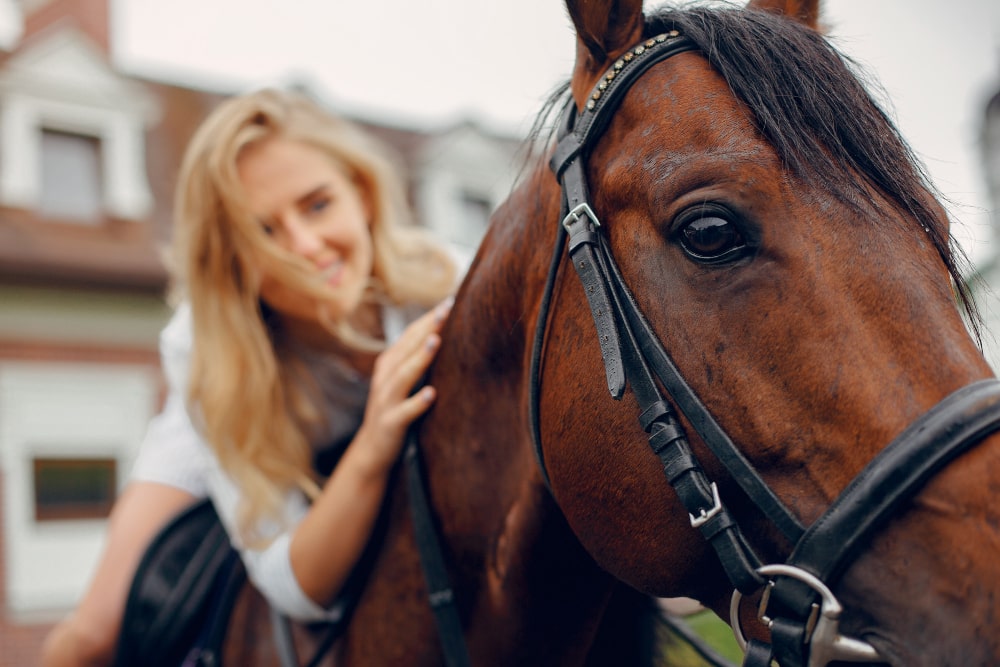
Pros and Cons Using A ...
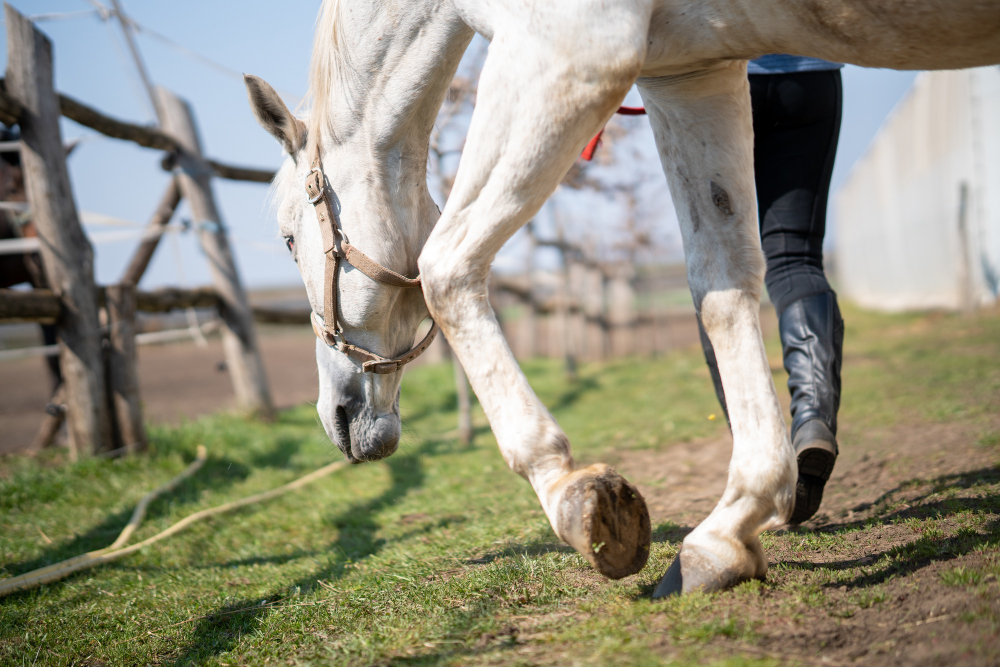
Can you ride a horse ...

Why are Corriente saddles so ...
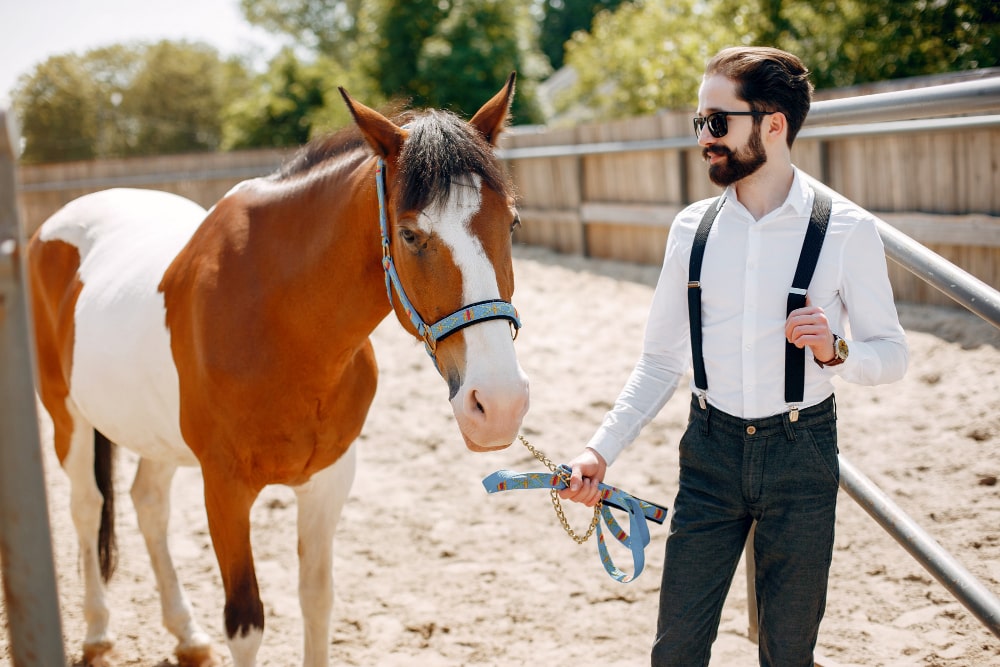
Pros and cons of equine ...

How Long After Mowing Can ...

How to Care for a ...
.jpg)
Why Do Horses Wear Blinders: ...
.jpg)
How to fit an exercise ...

Why is my horse bucking ...
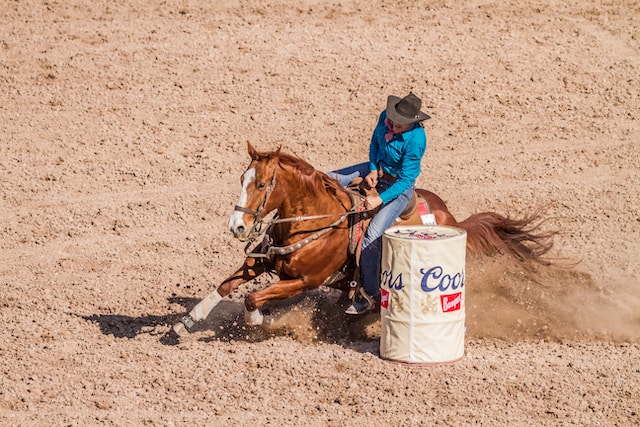
What causes a horse to ...
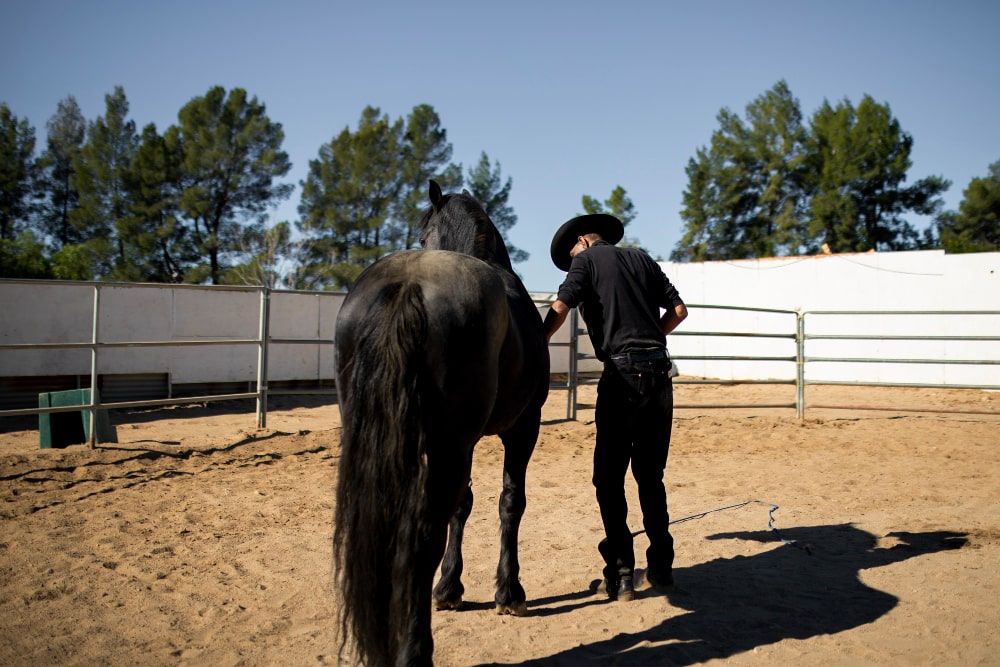
How to Stop a Horse ...
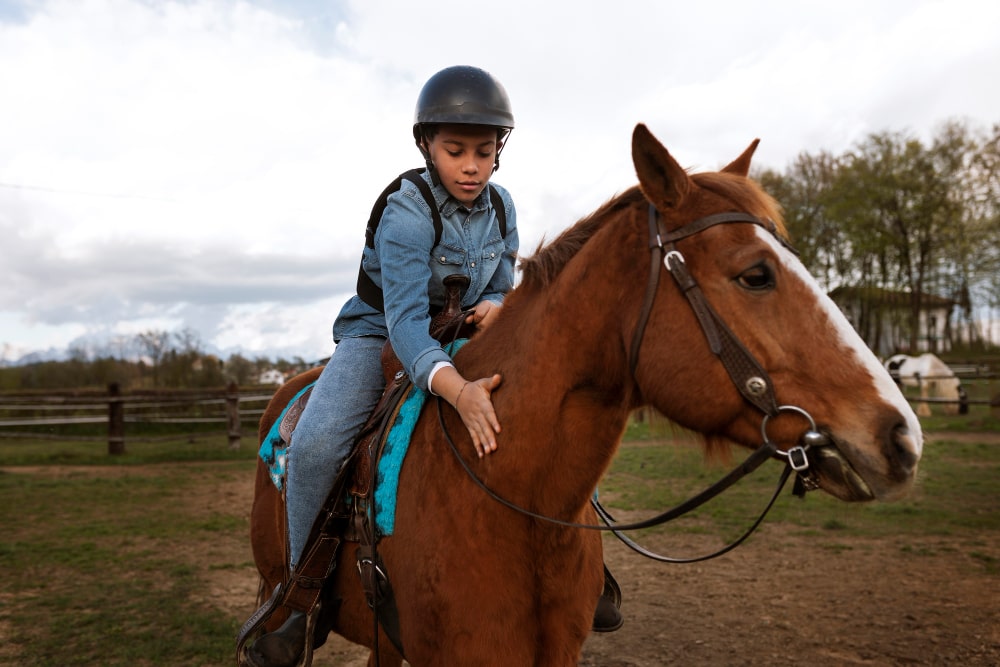
Why Is My Horse Bunny ...
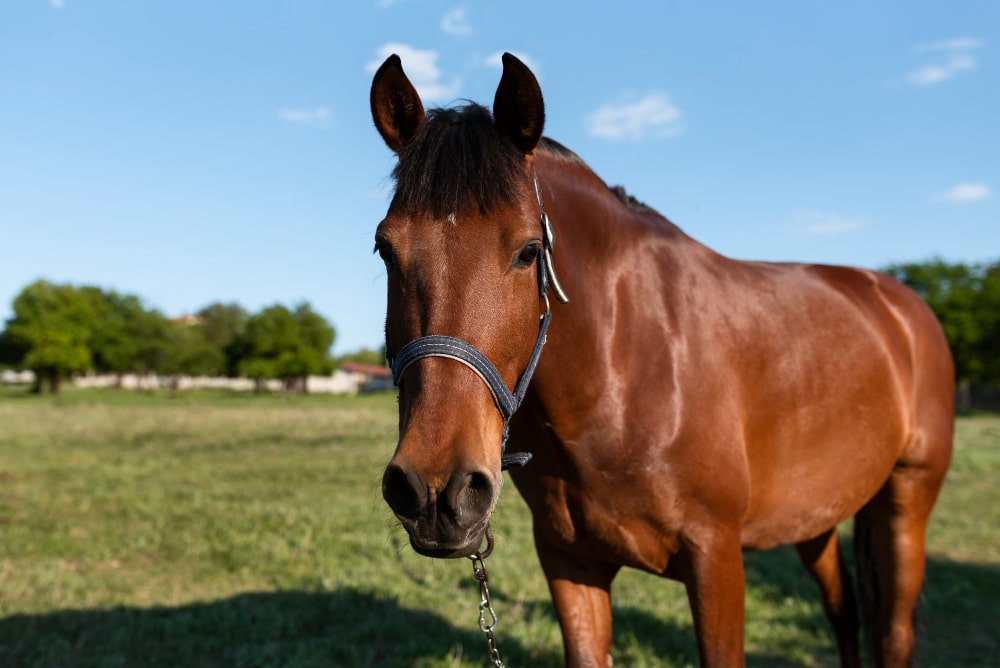
How To Improve Pasture For ...
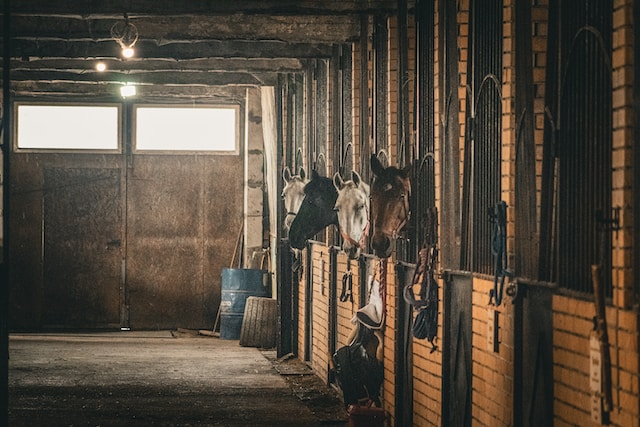
How to get the smell ...

Can you add ramp to ...

What Is The Temperament Of ...
.jpg)
Why Is Friesian Horse Hair ...
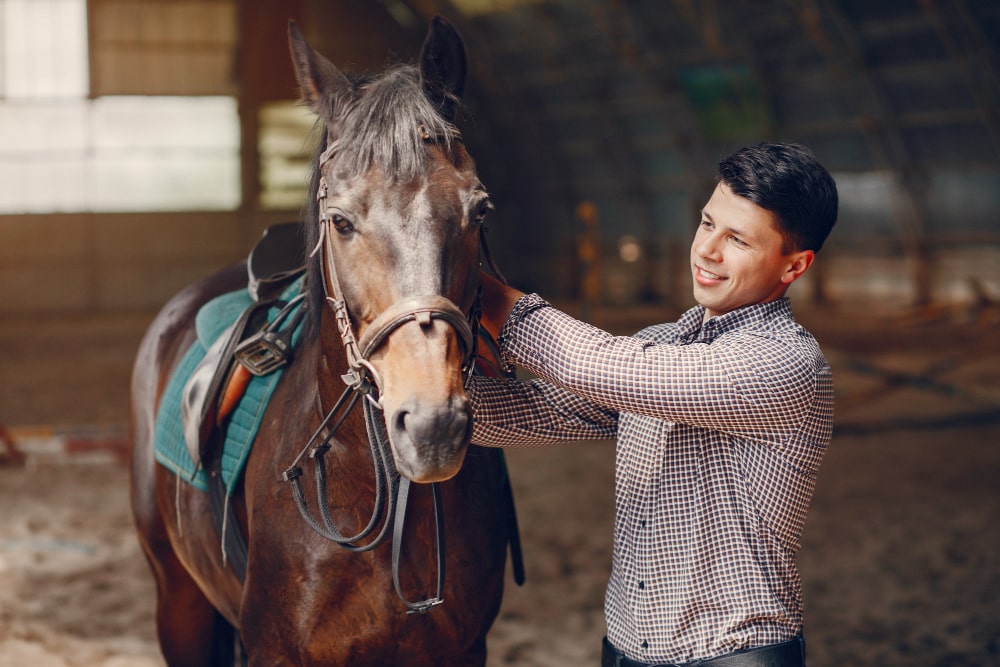
Why is my horse testing ...
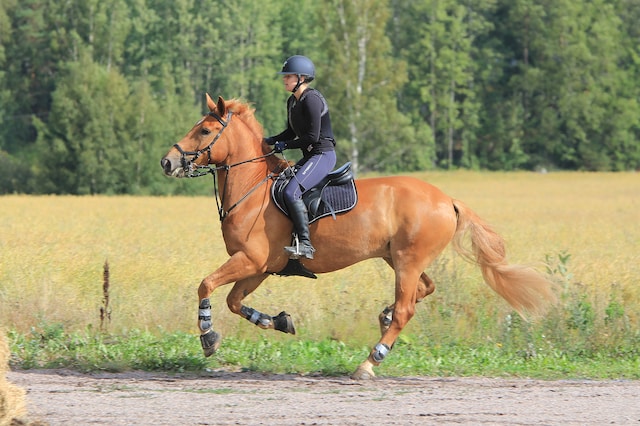
How often you should take ...
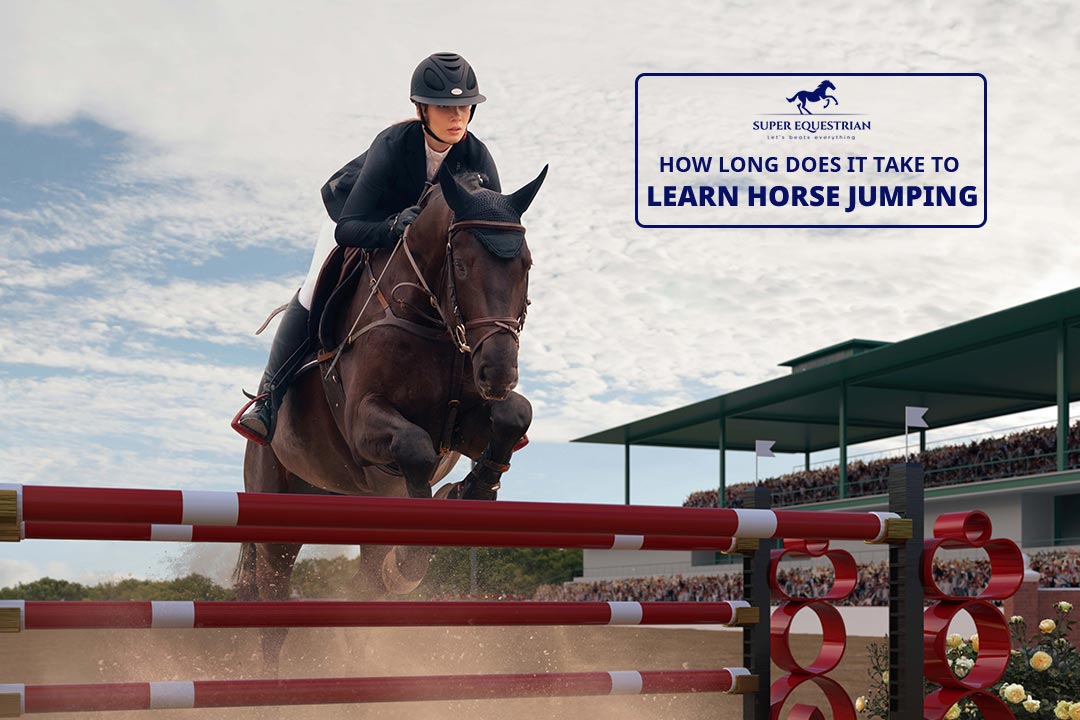
How long does it take ...
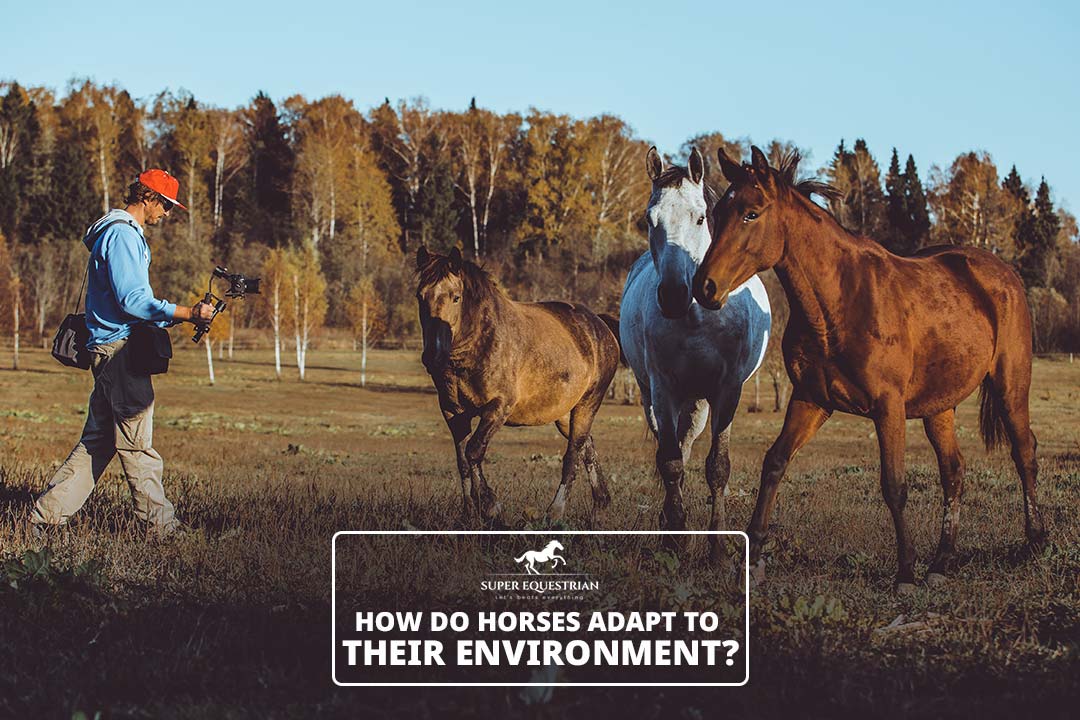
How do horses adapt to ...

How To Prepare For A ...
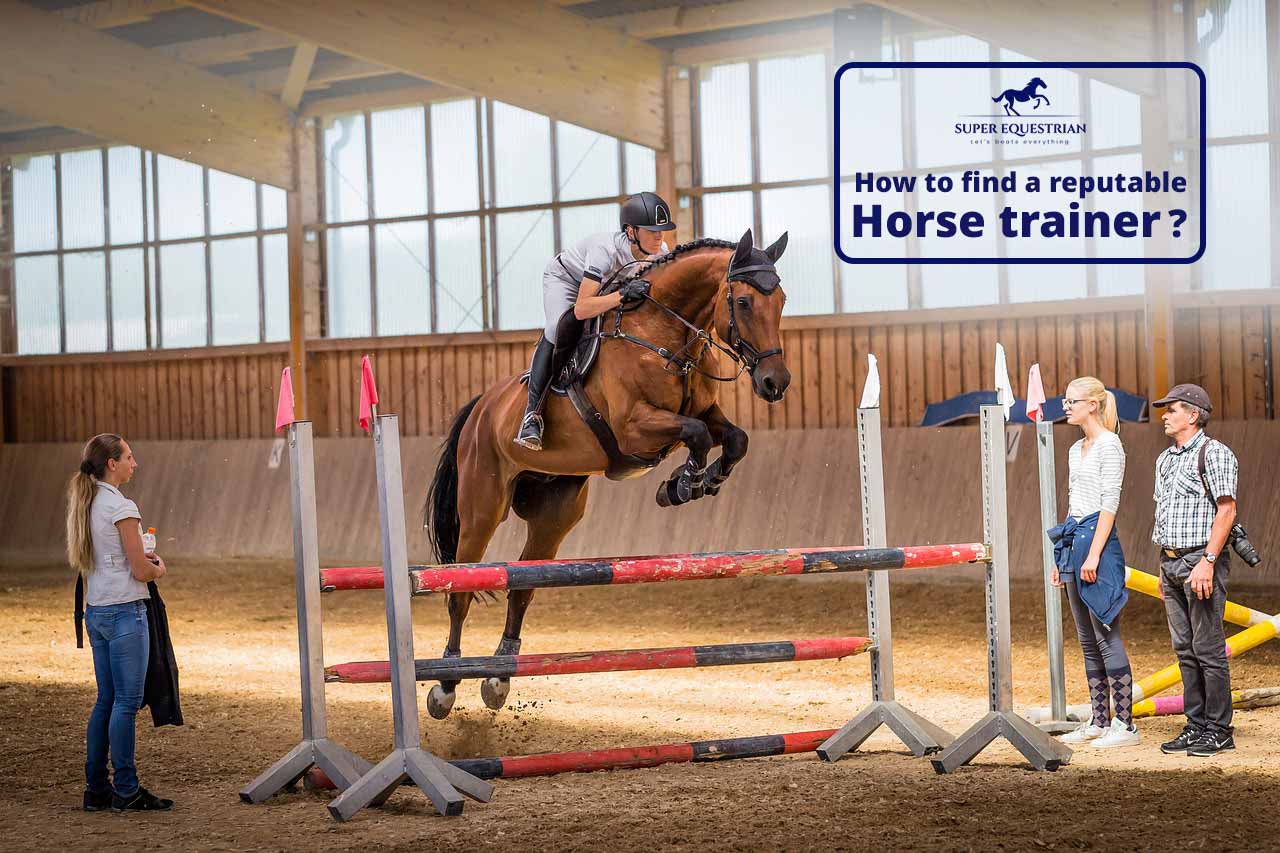
How To Find A Reputable ...
.jpg)
Do Horses Get Medals at ...

How to create a horse-...